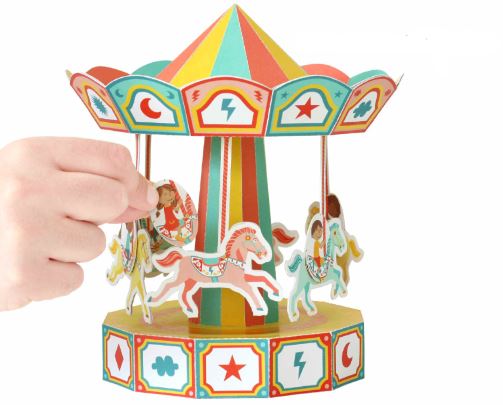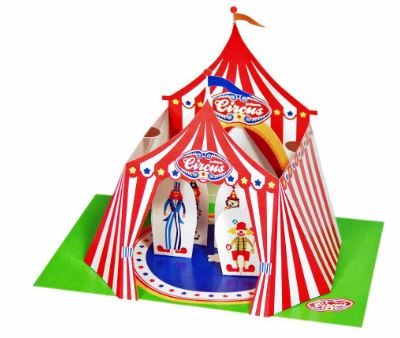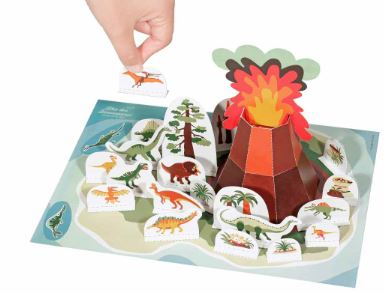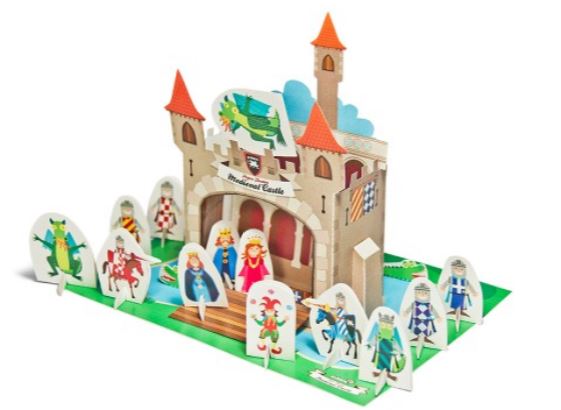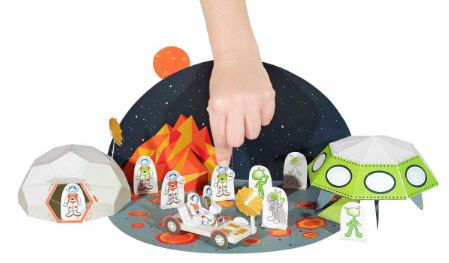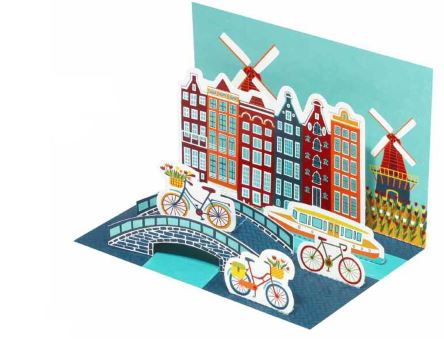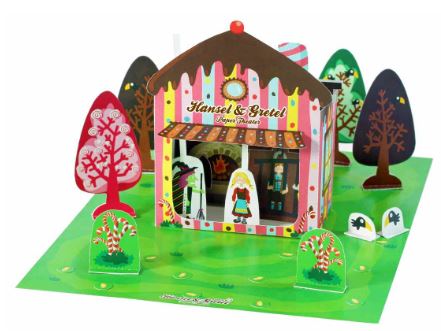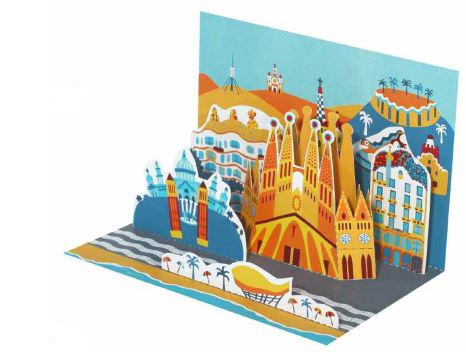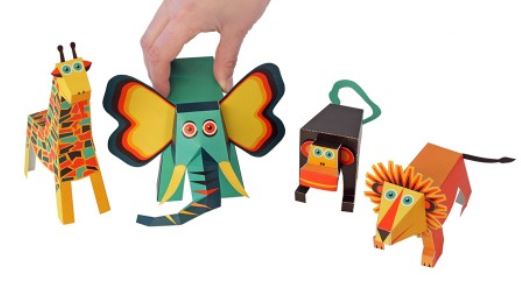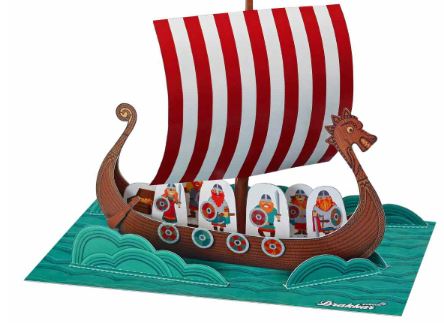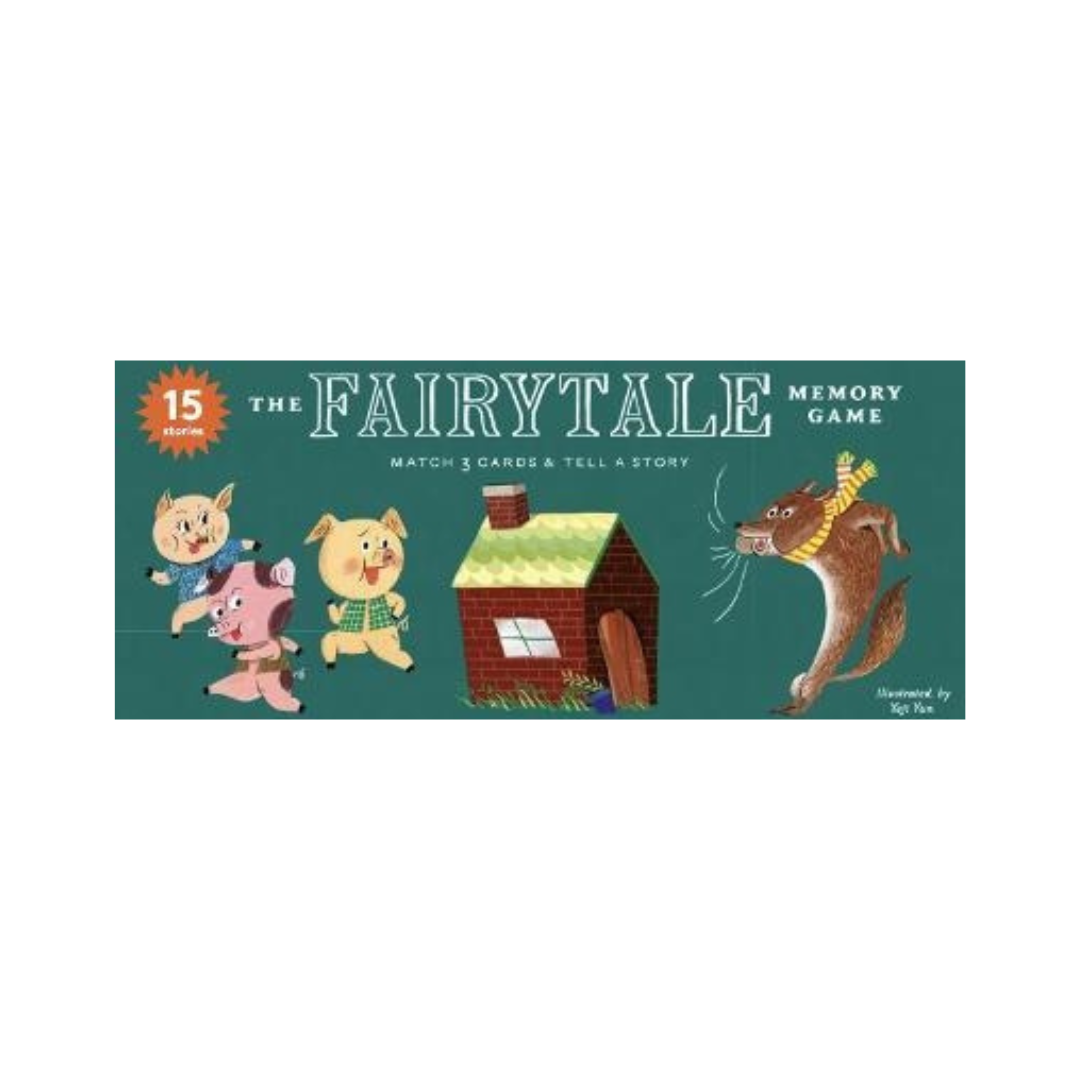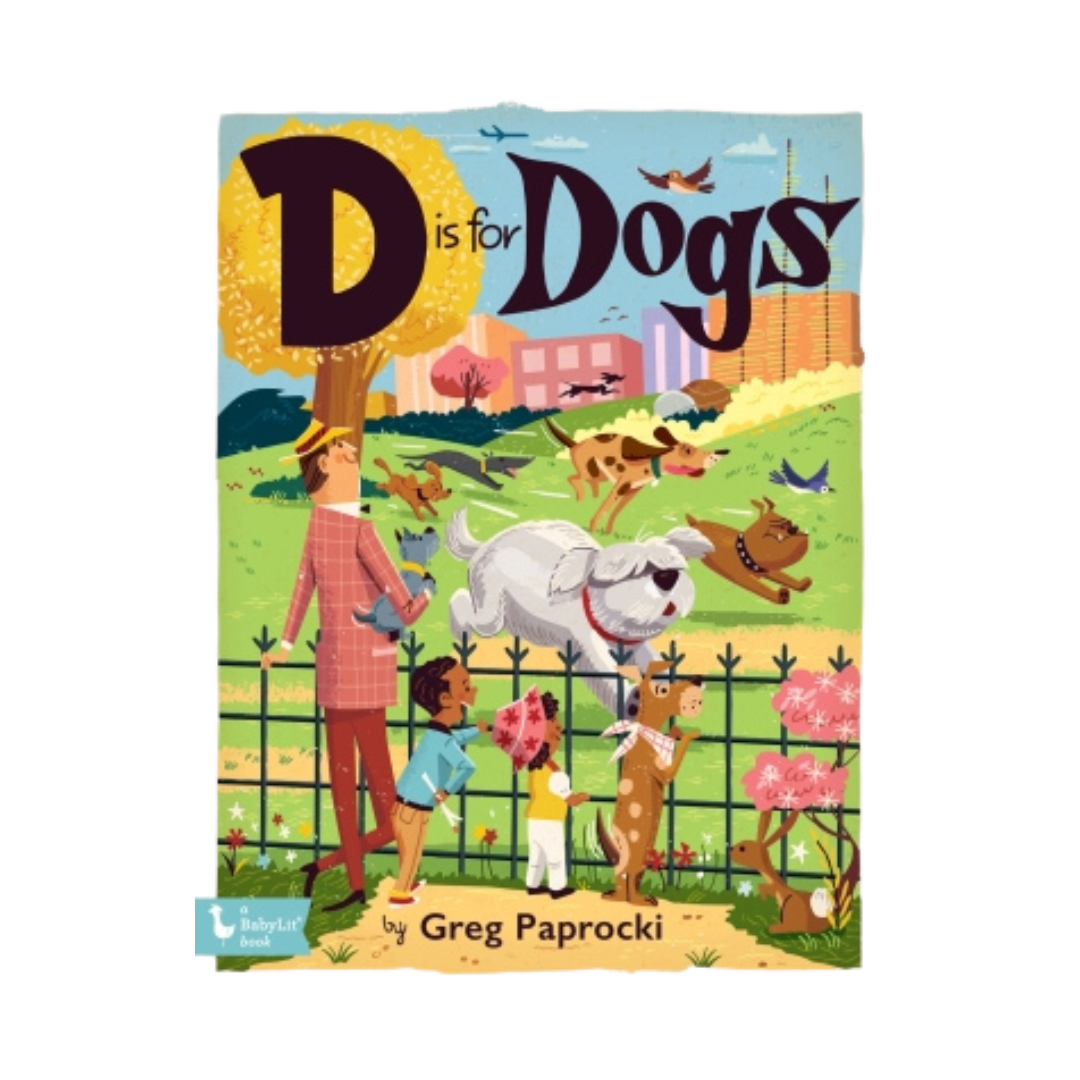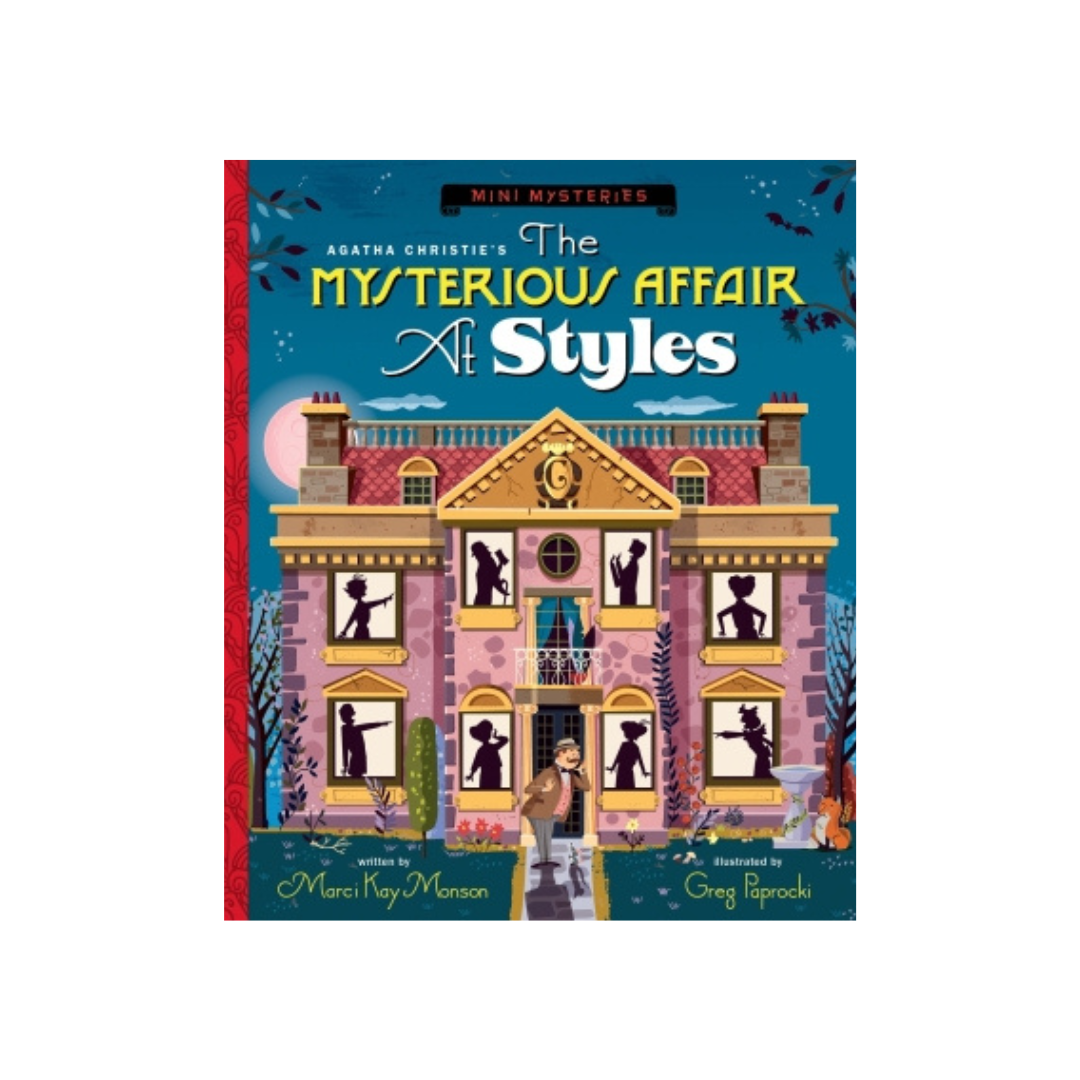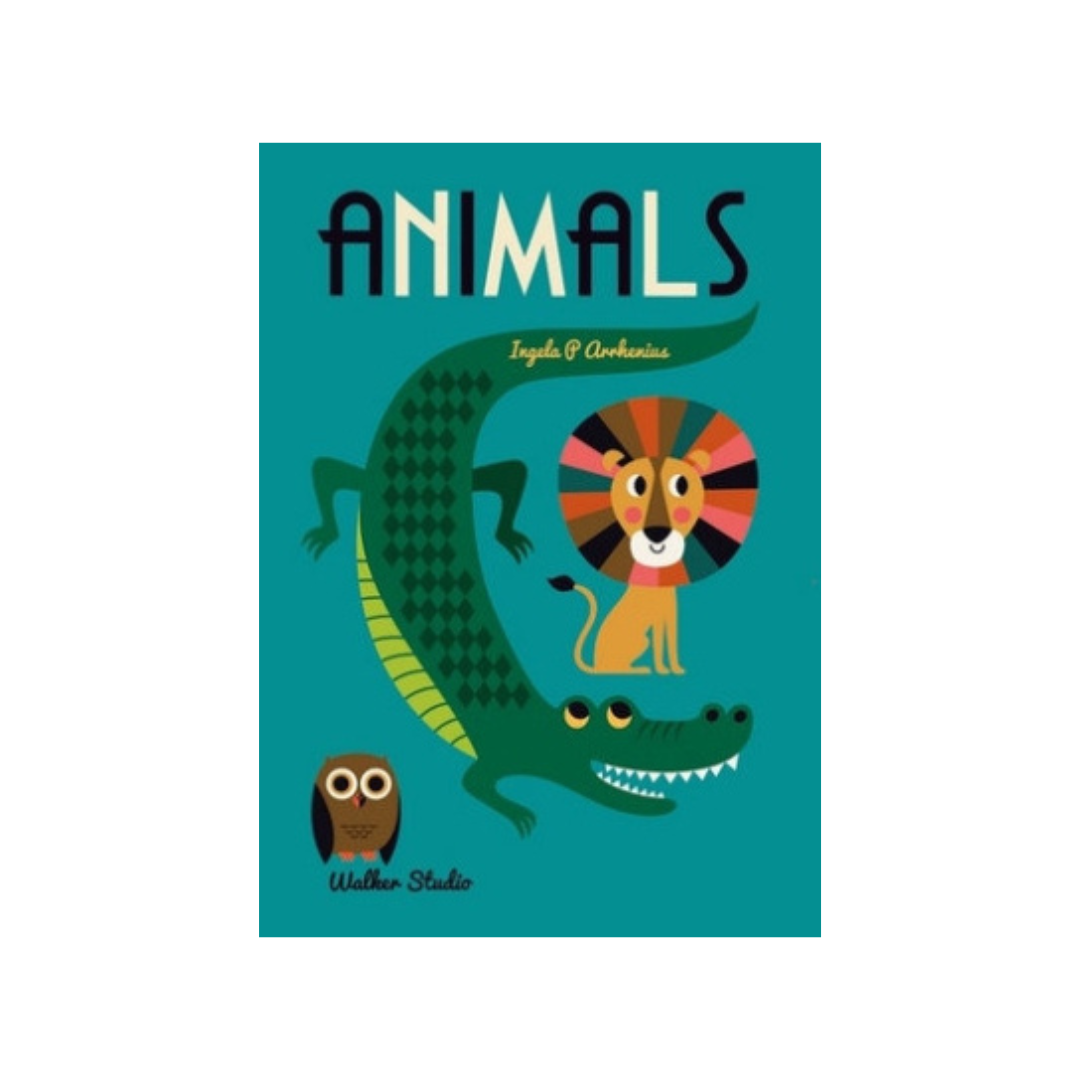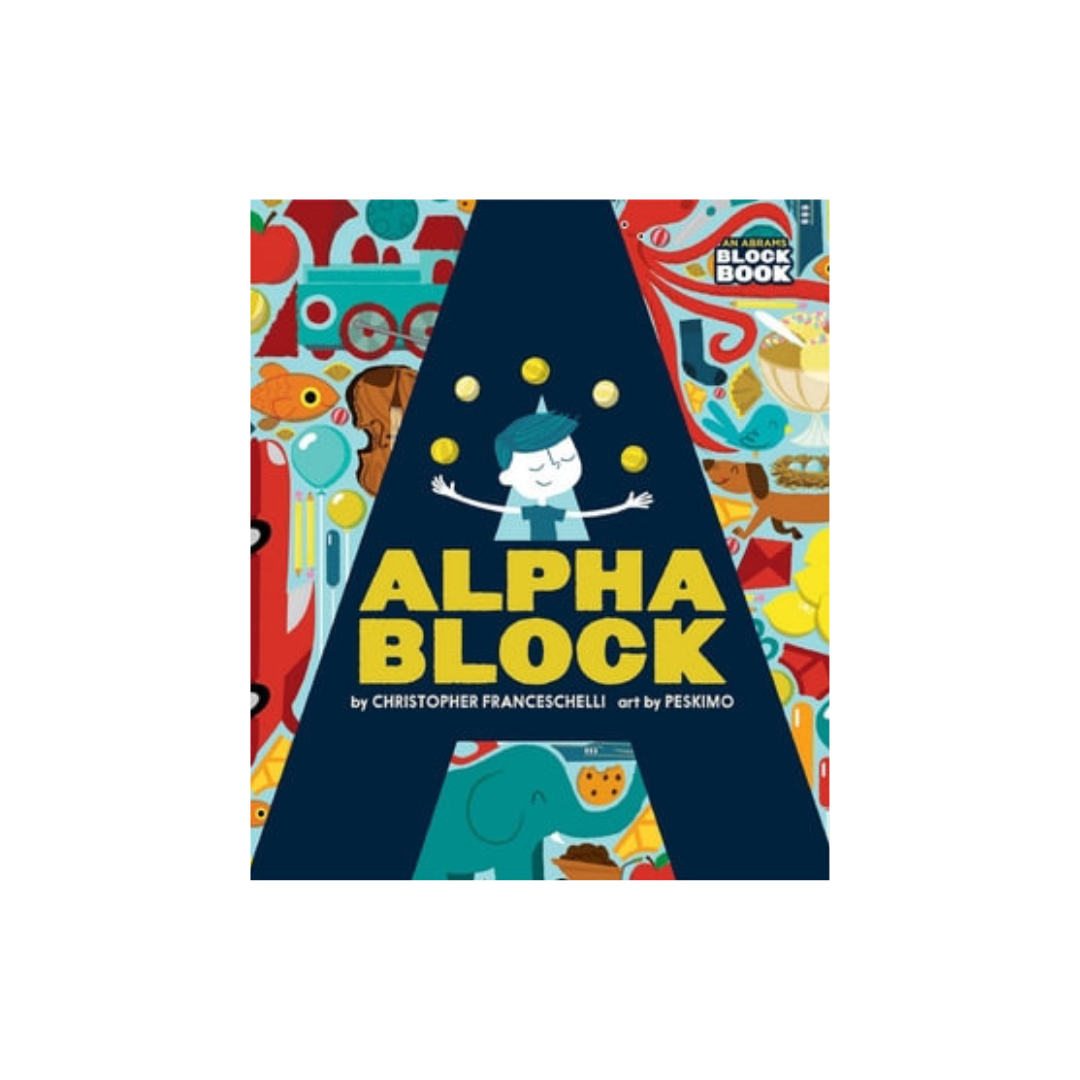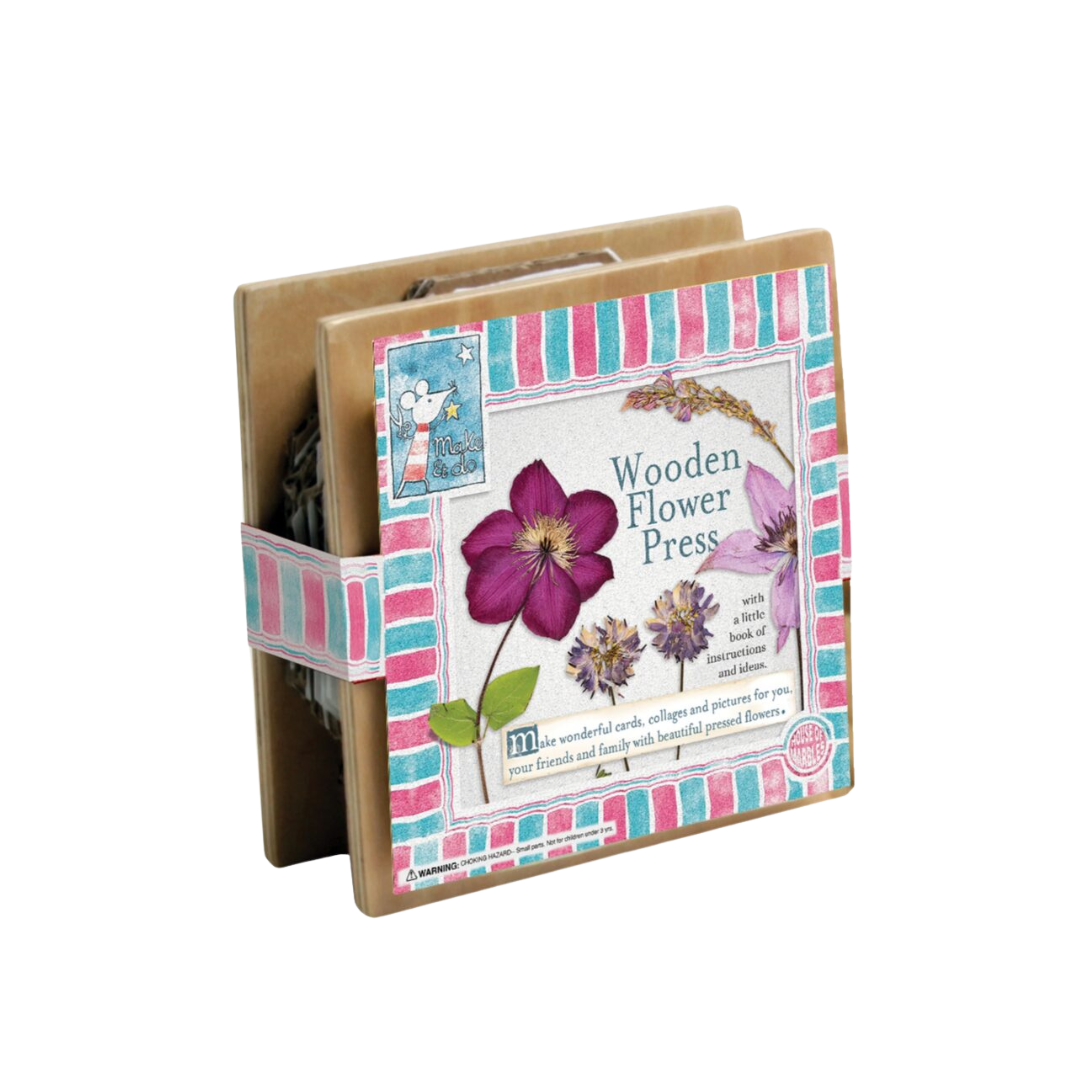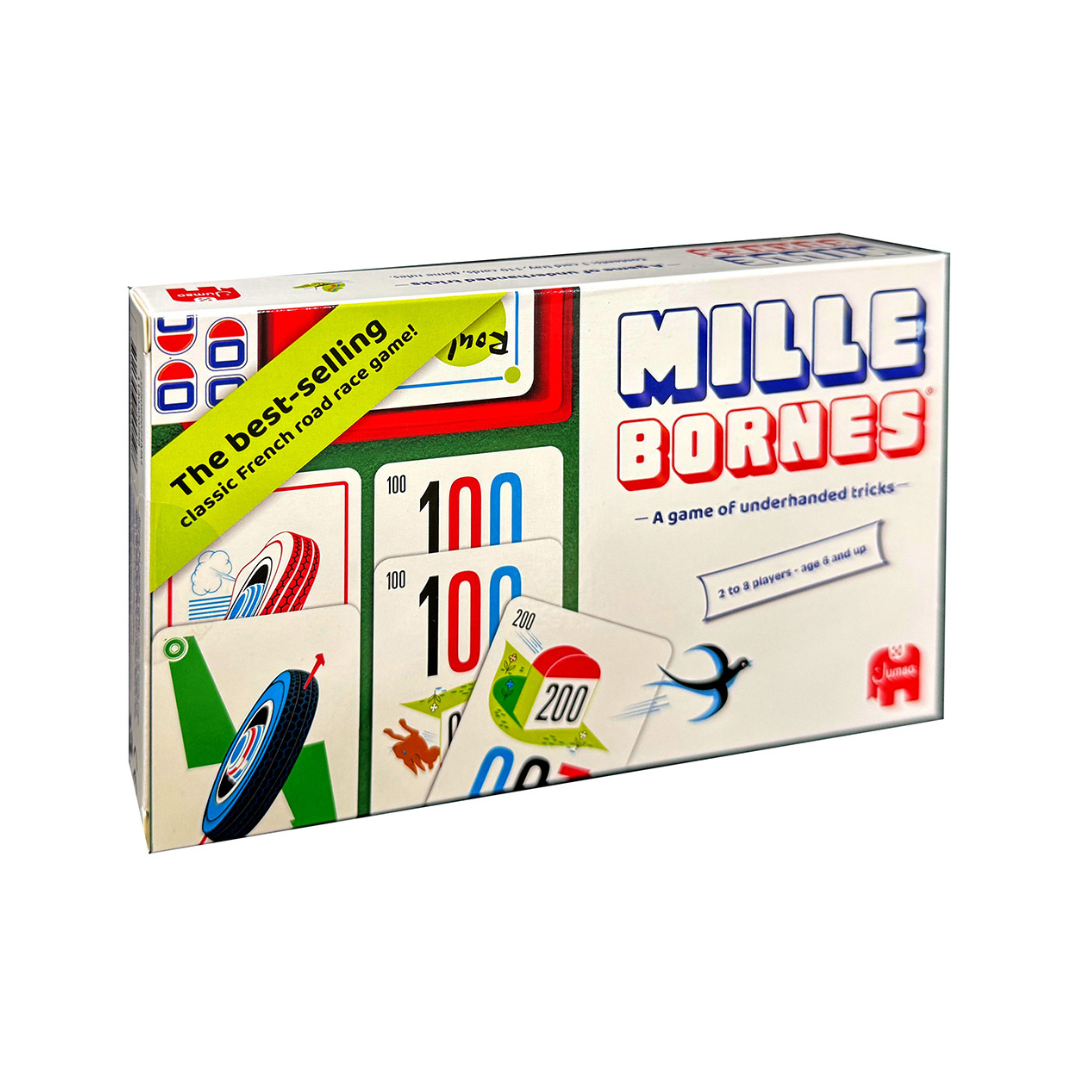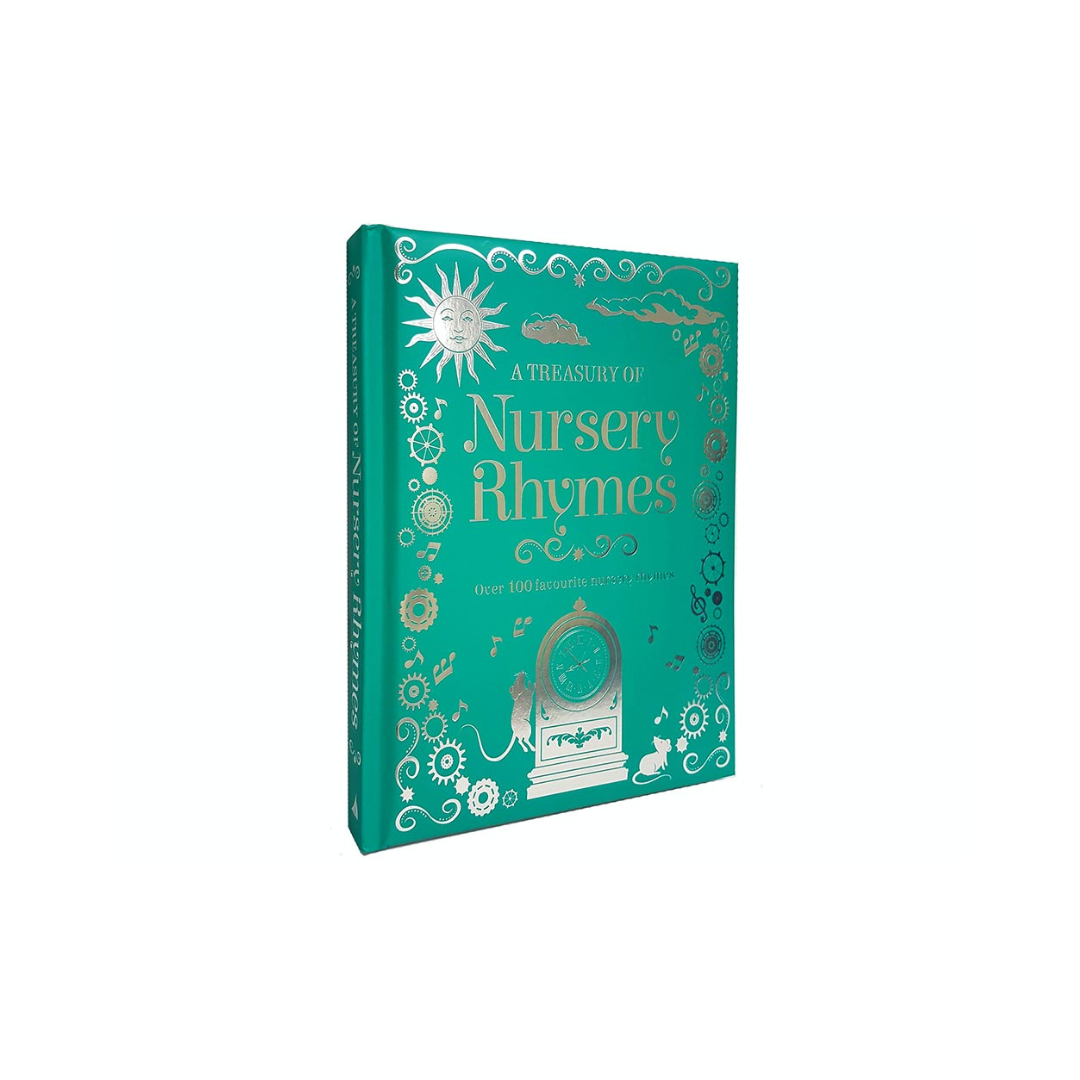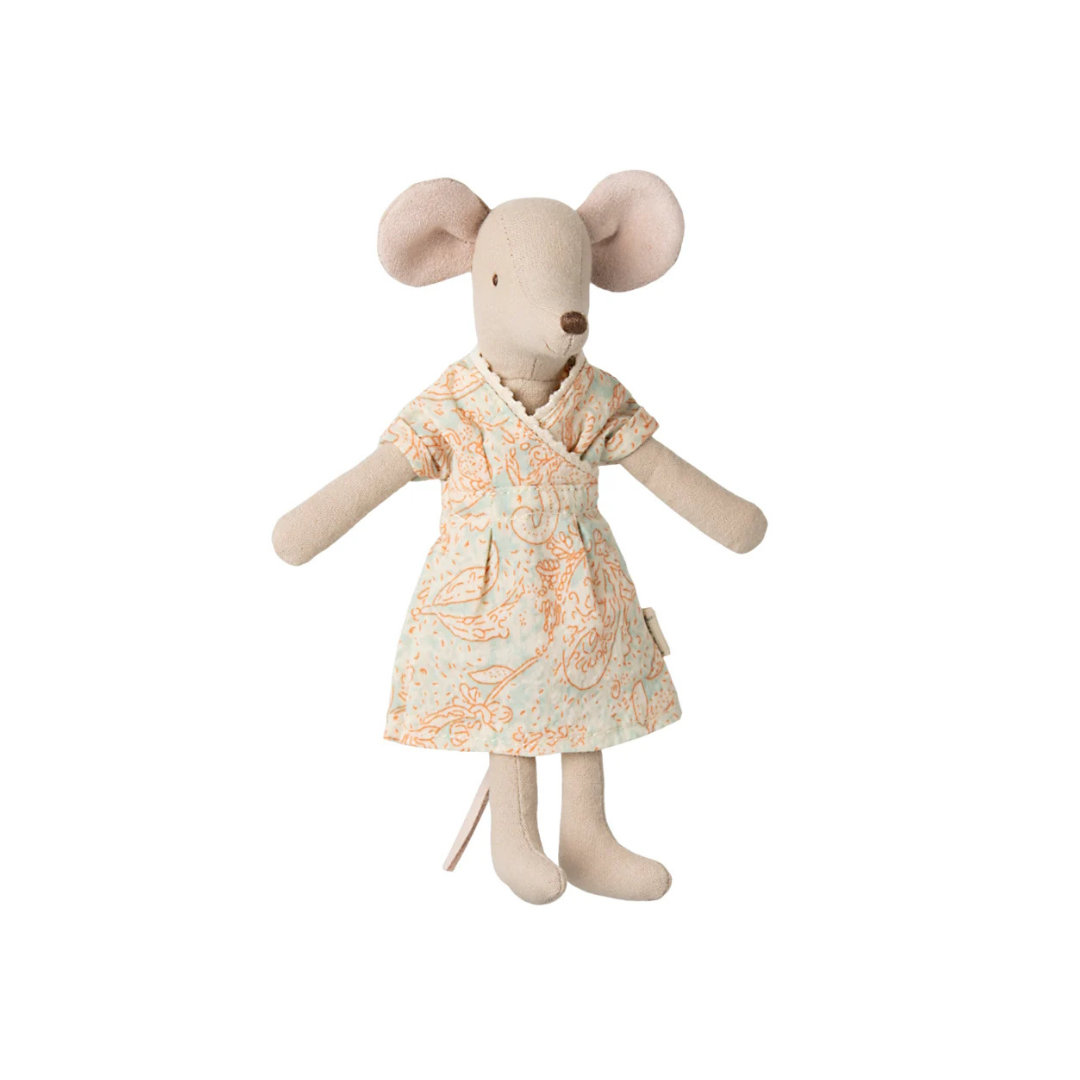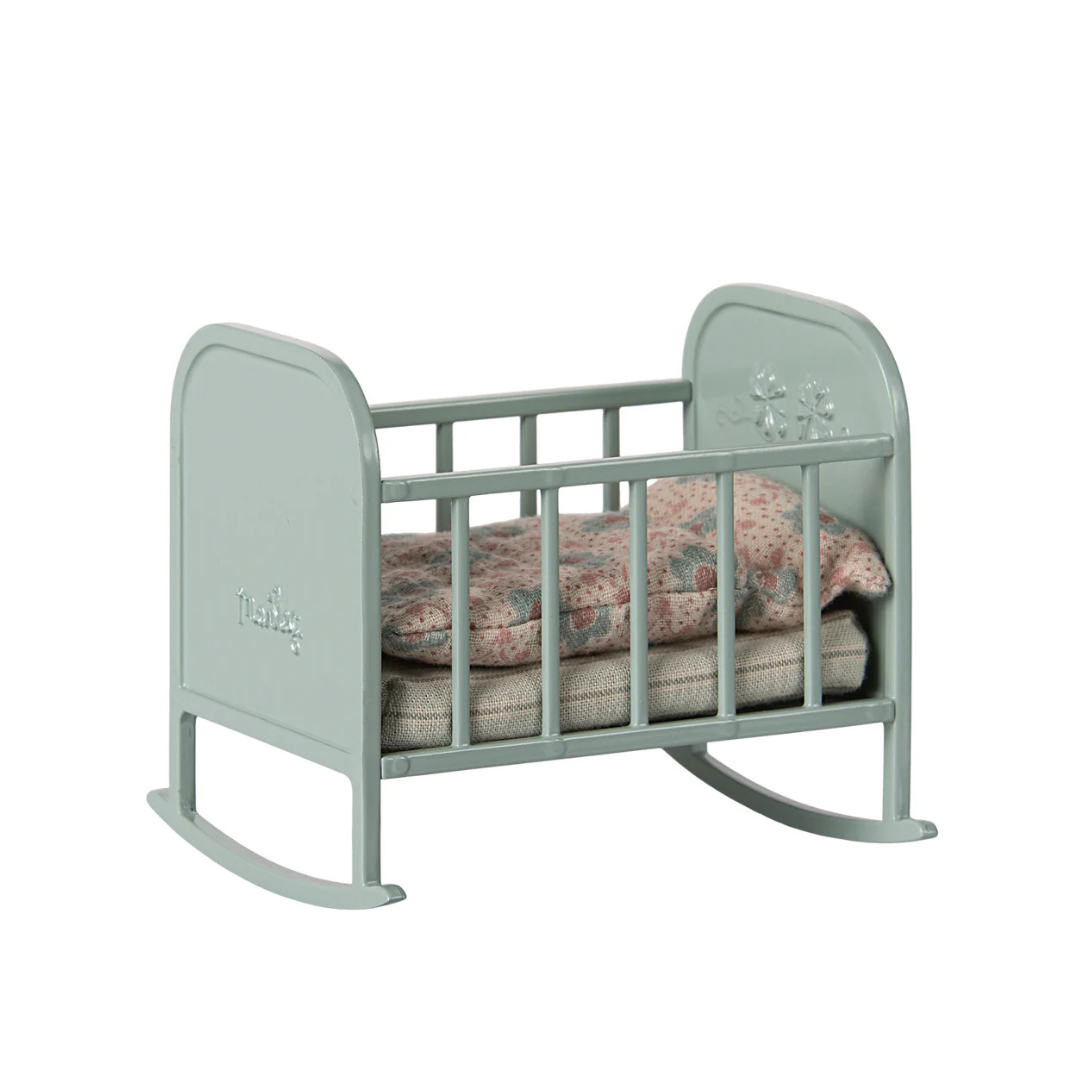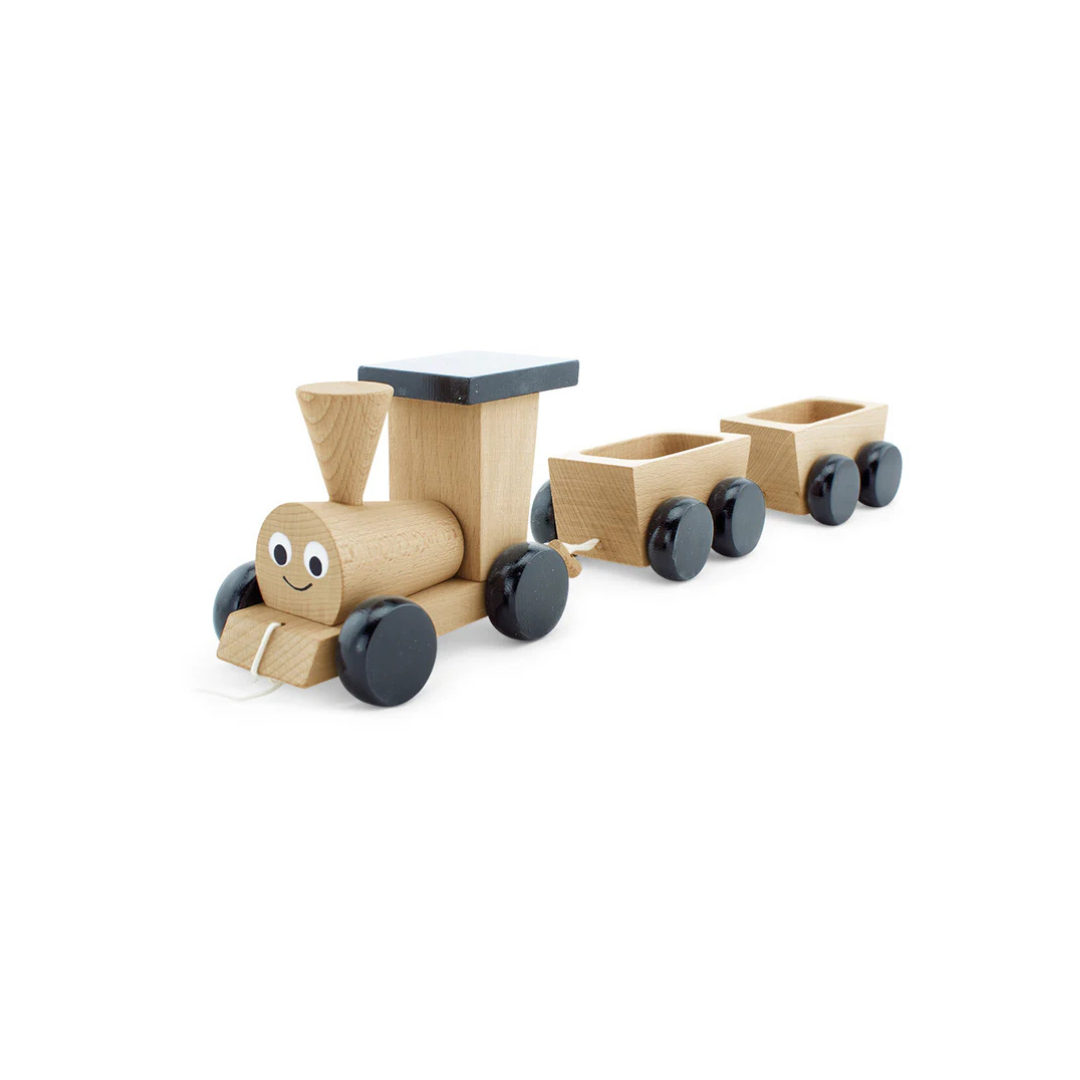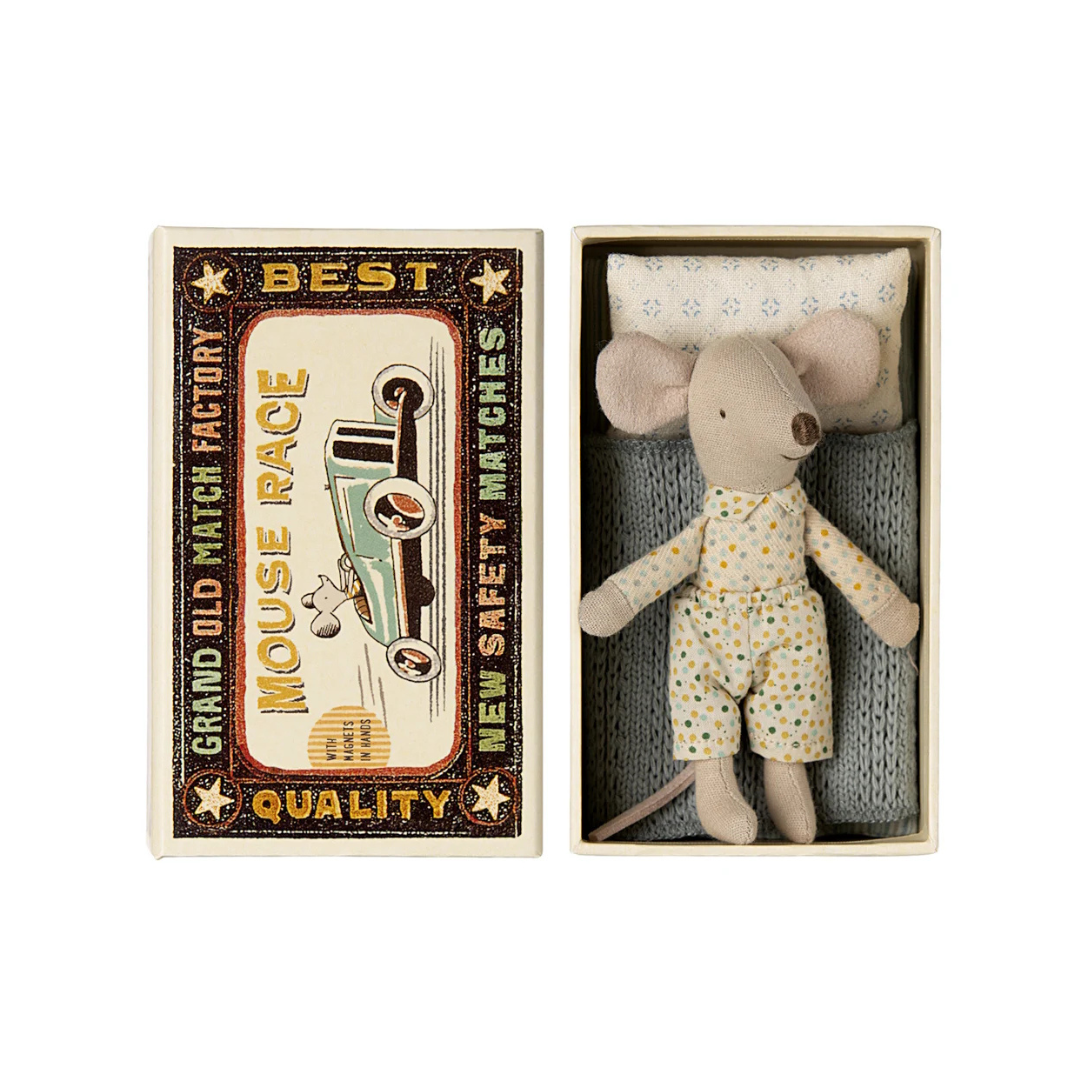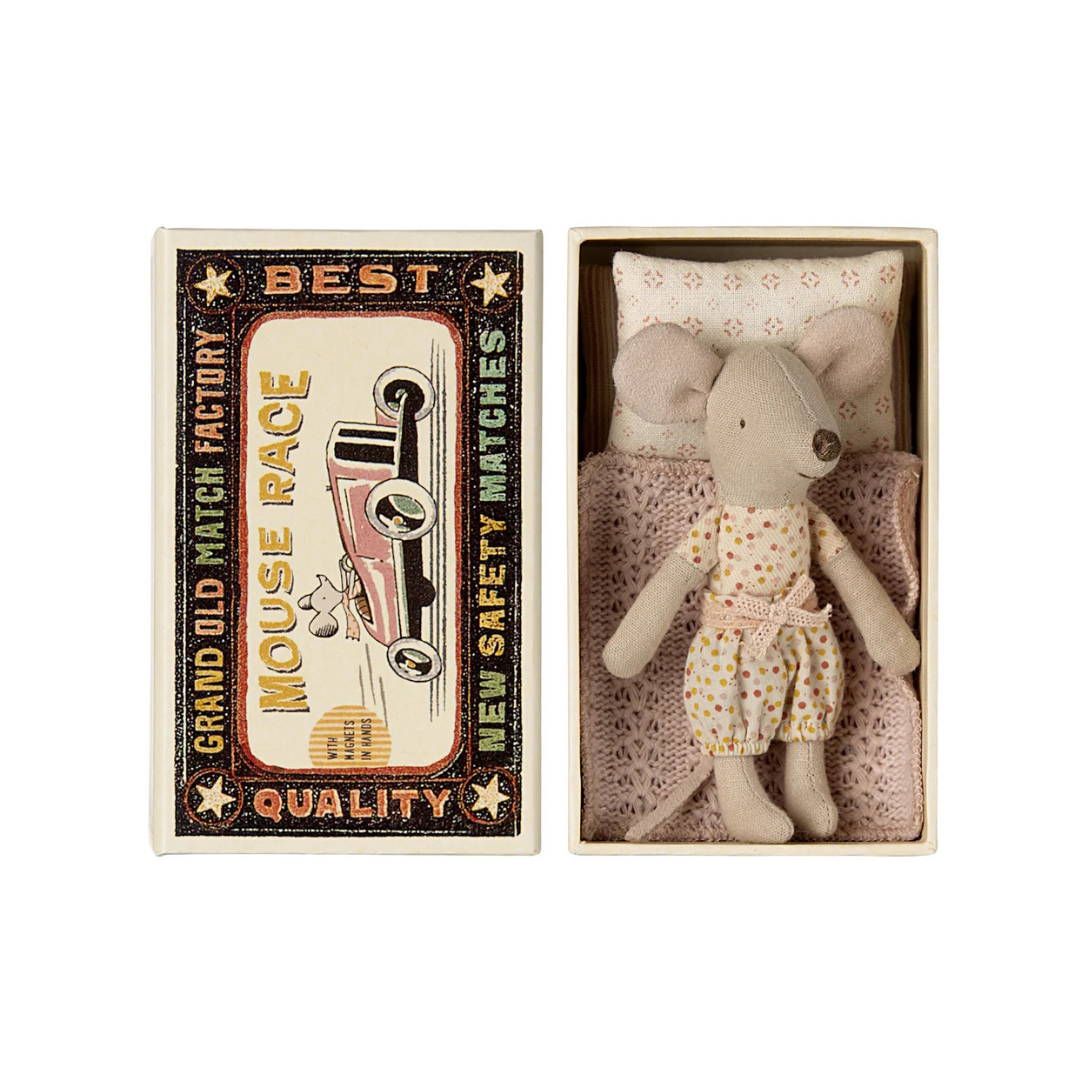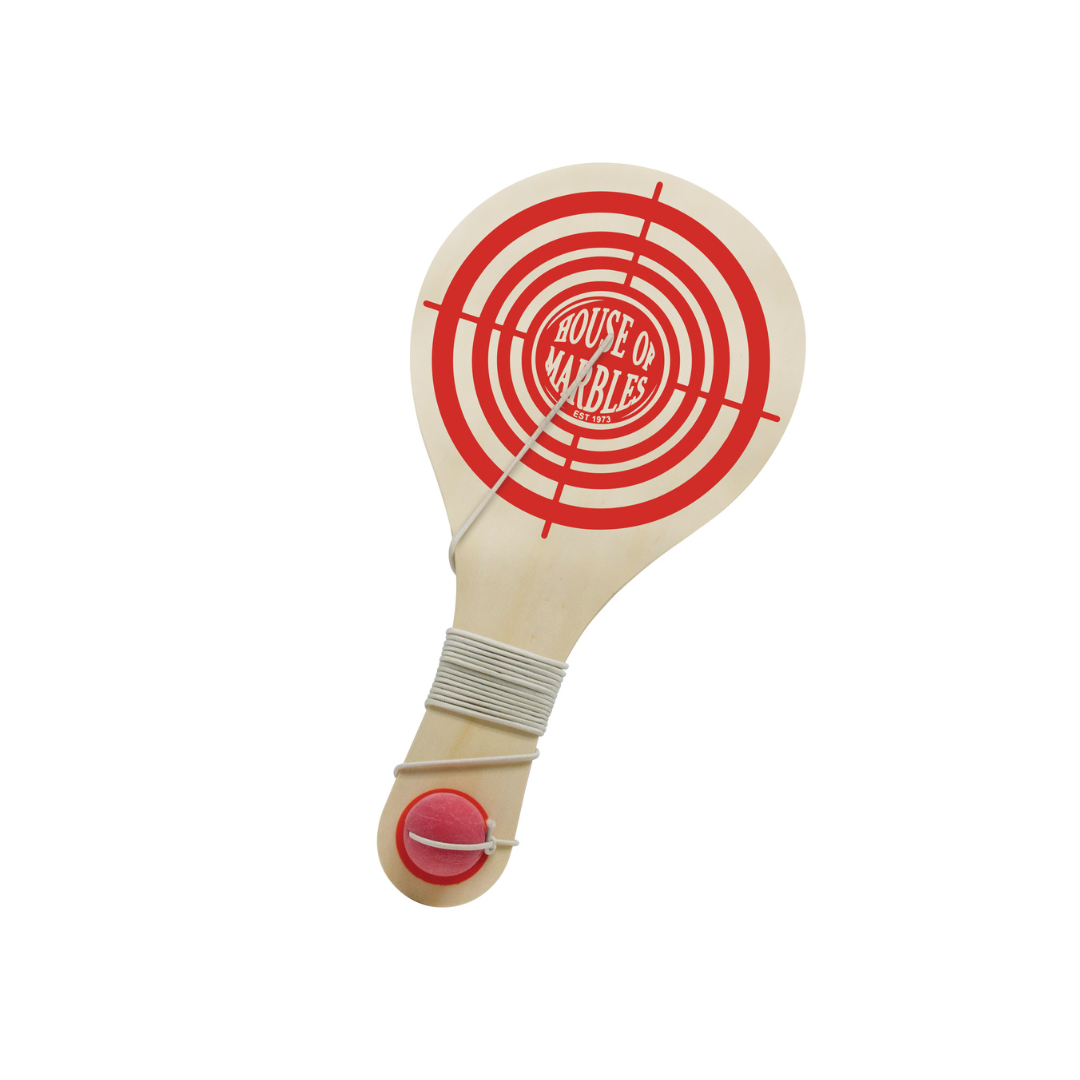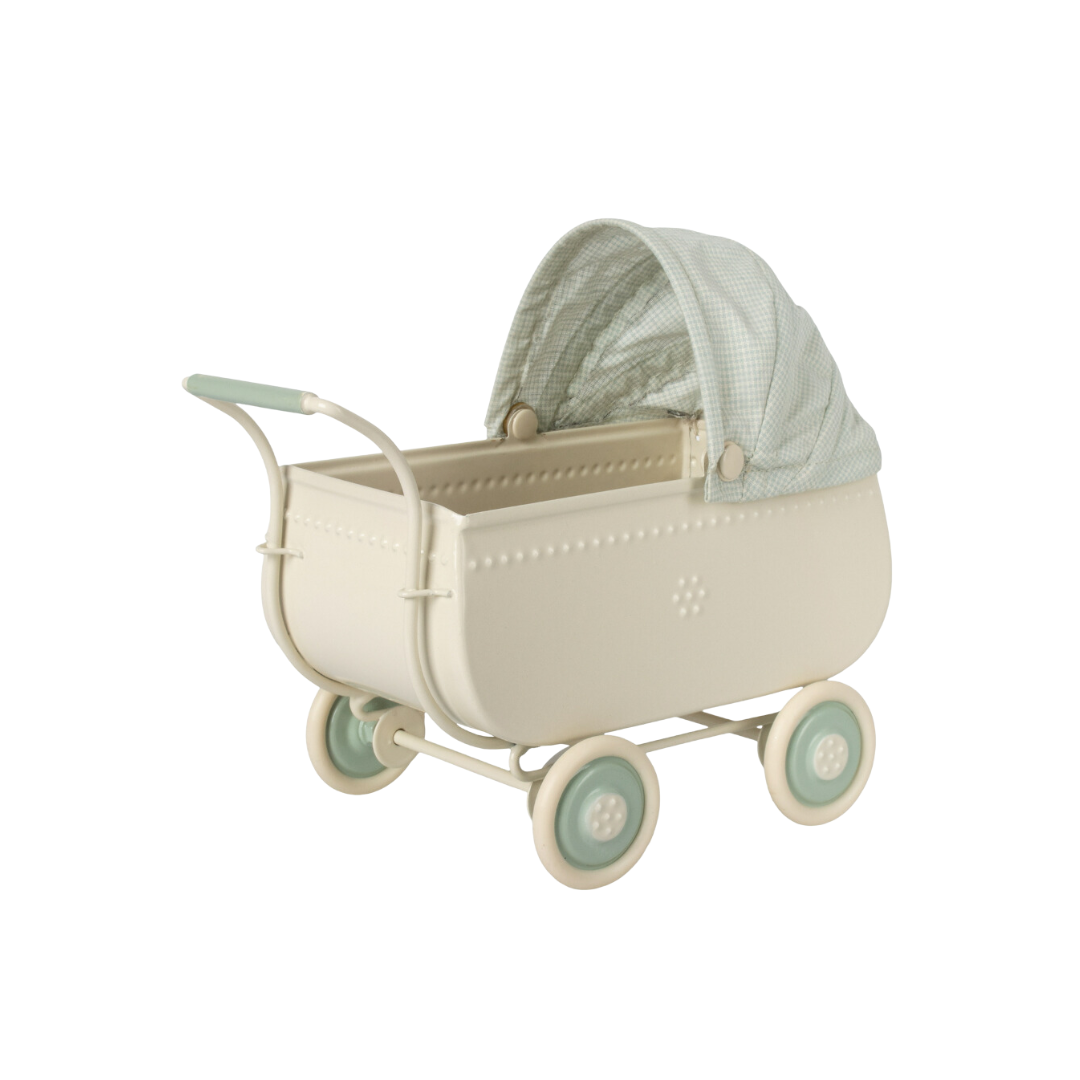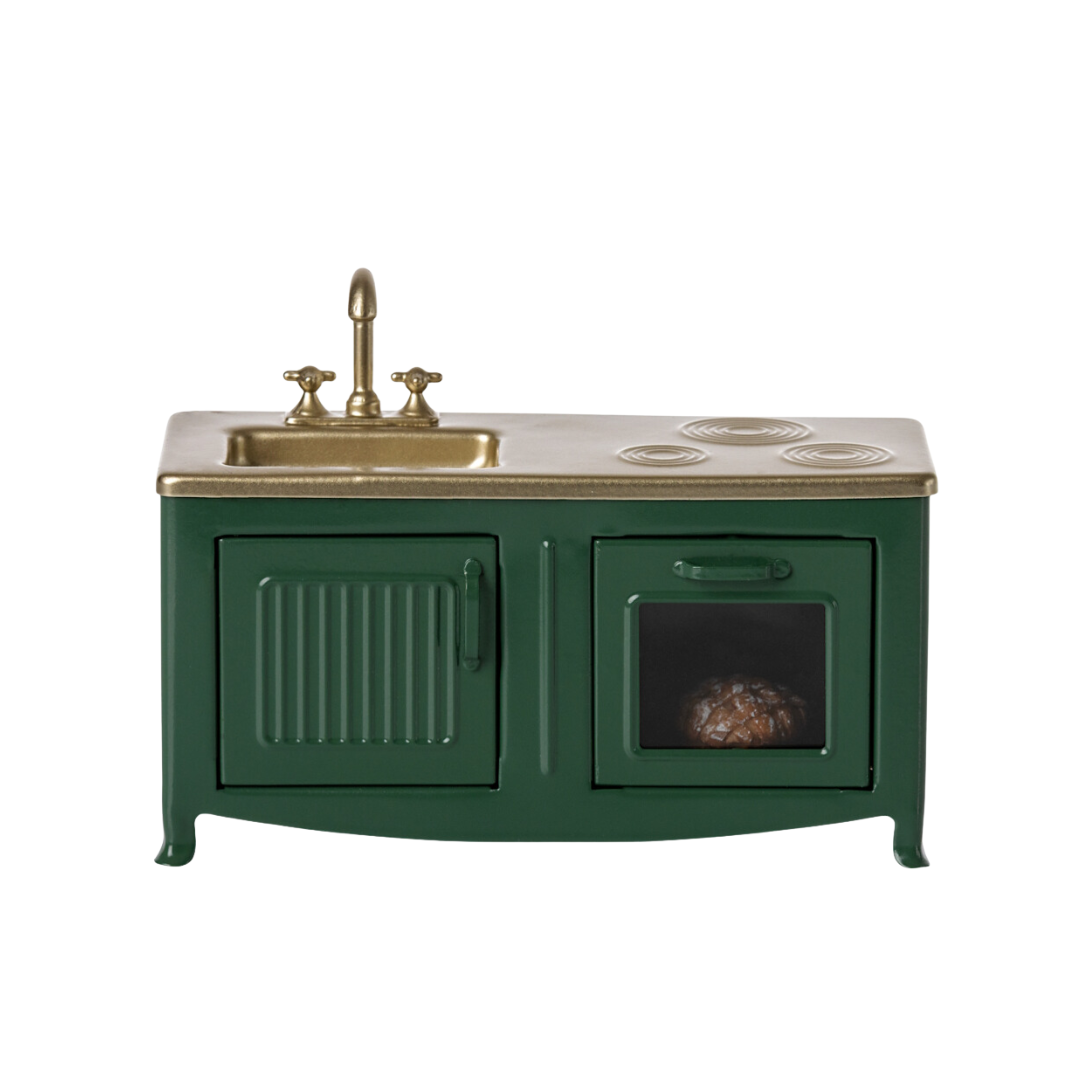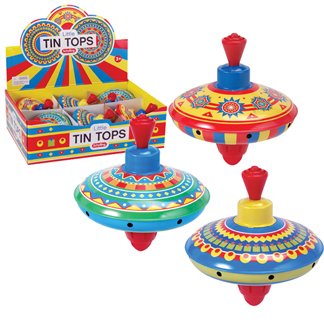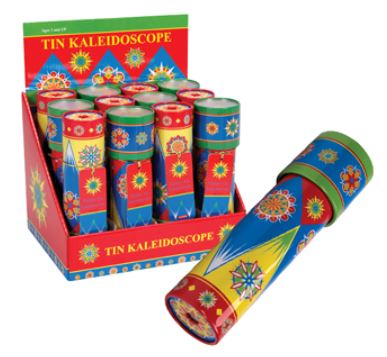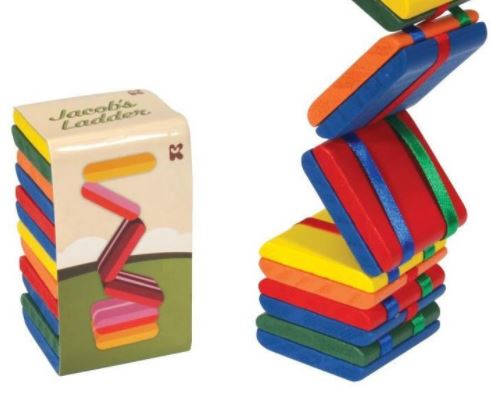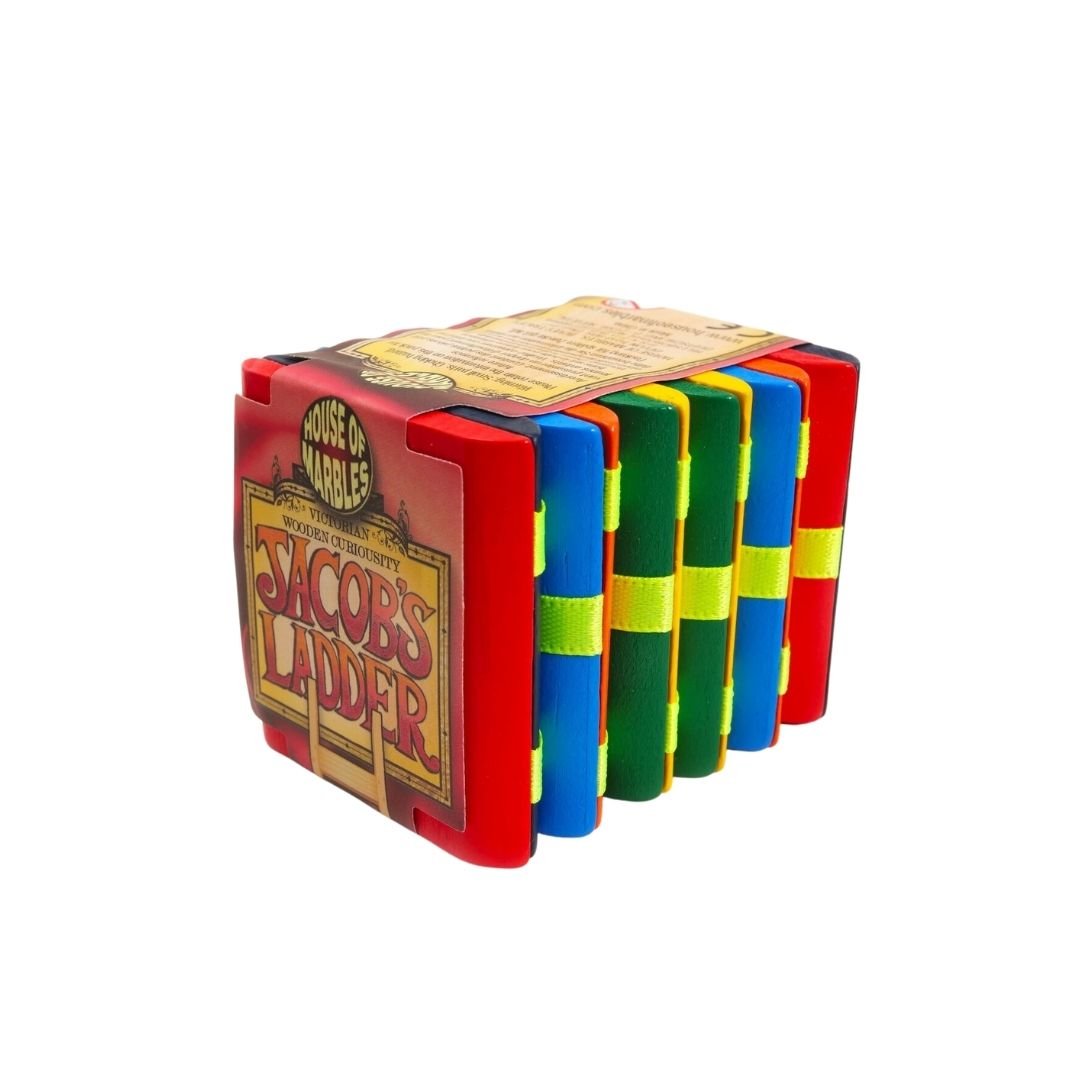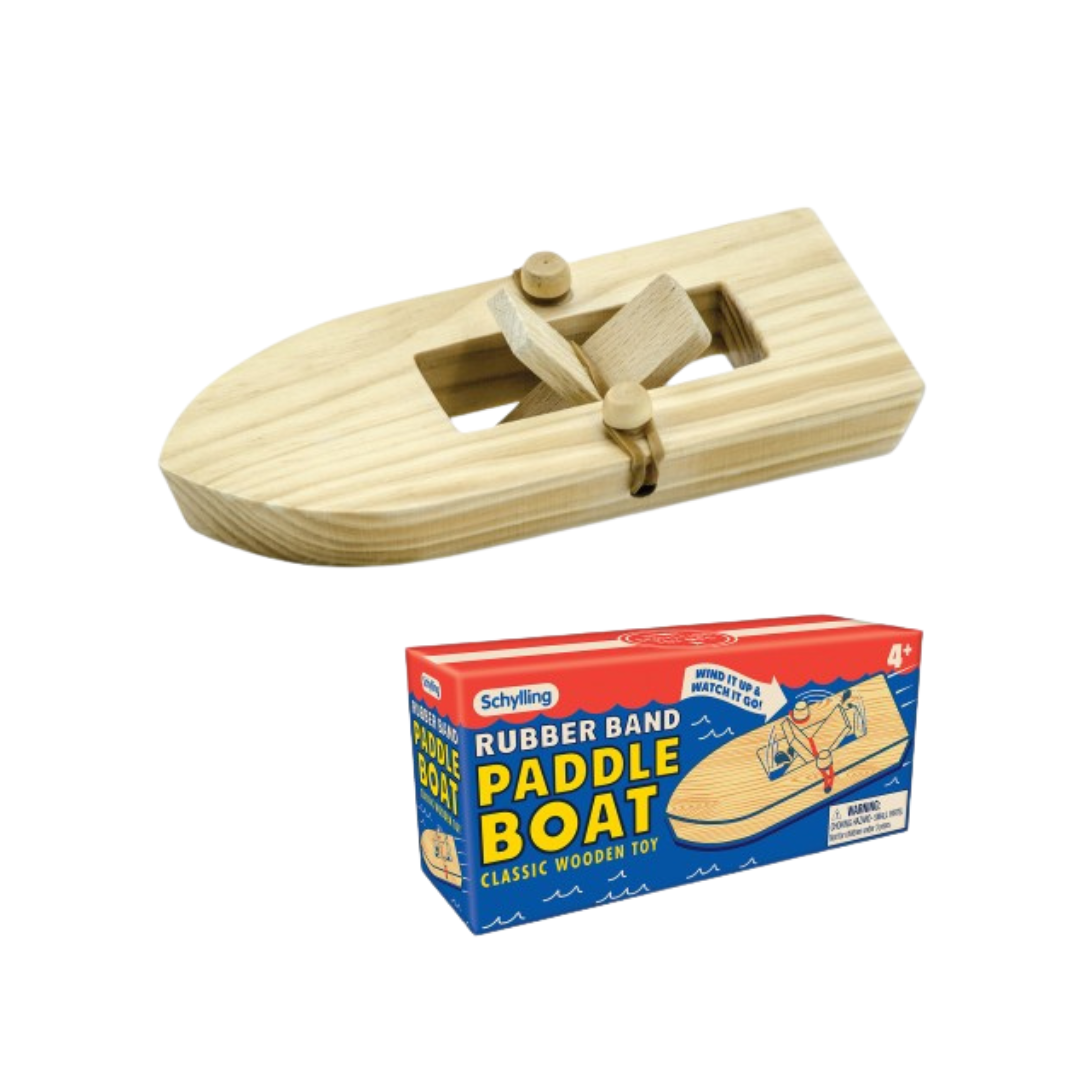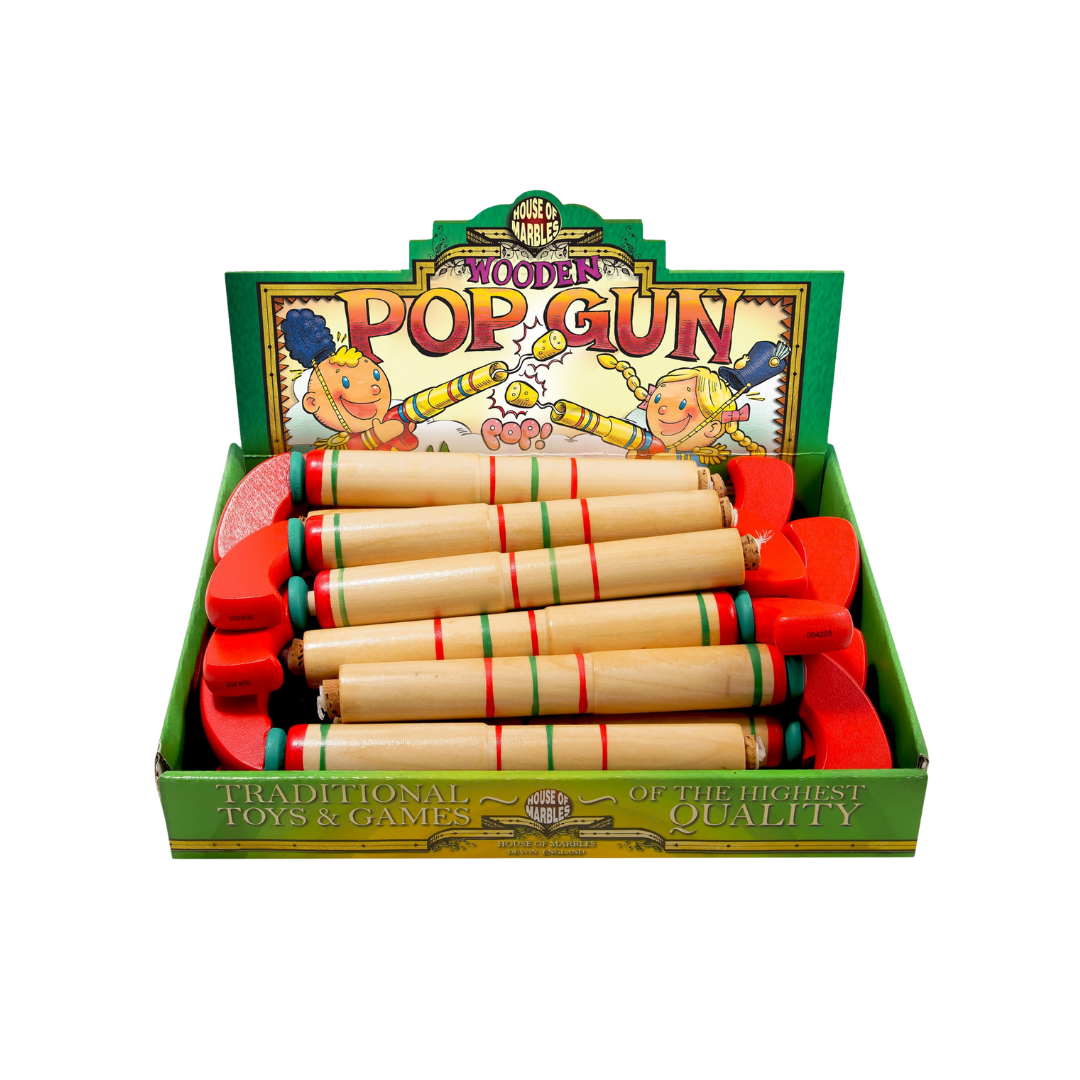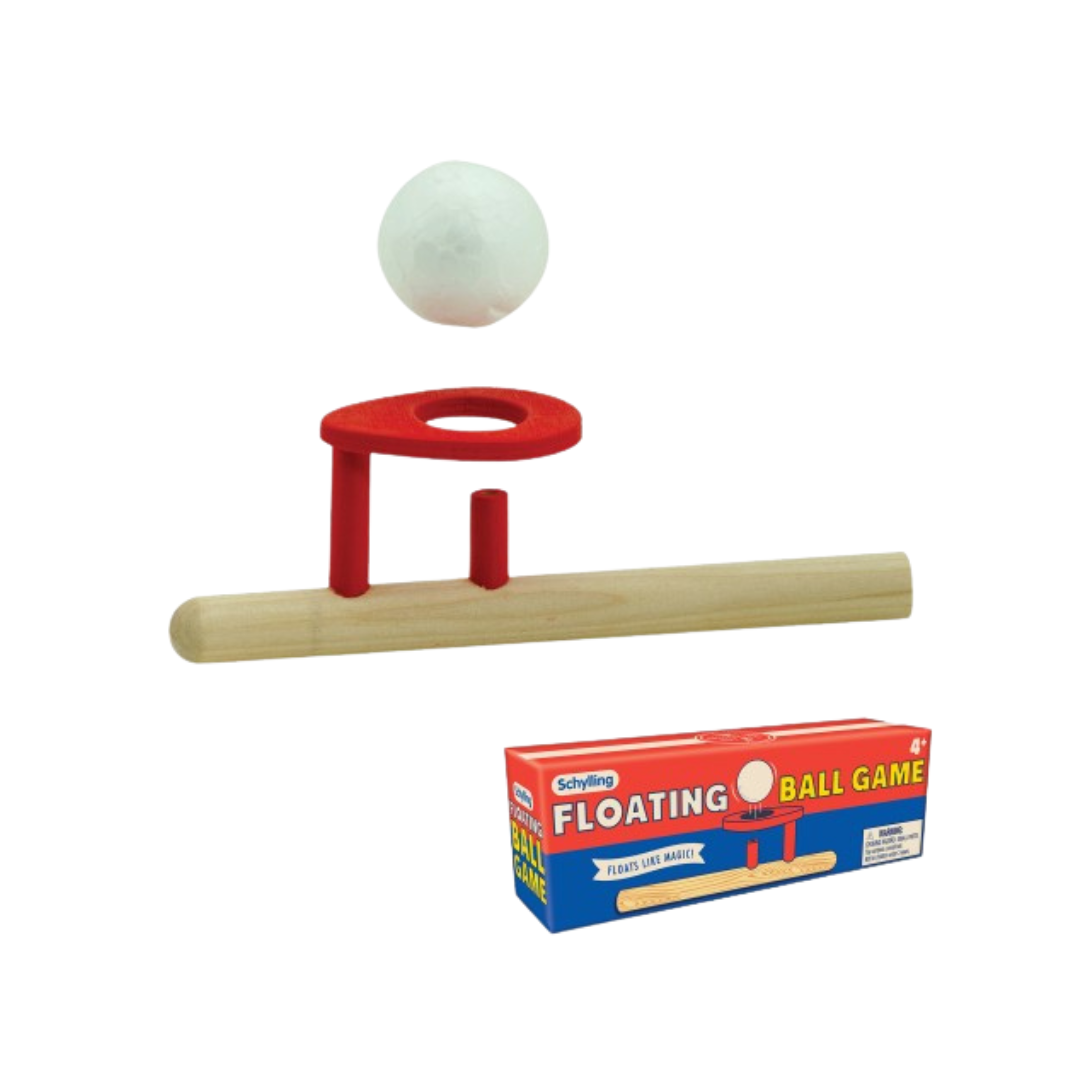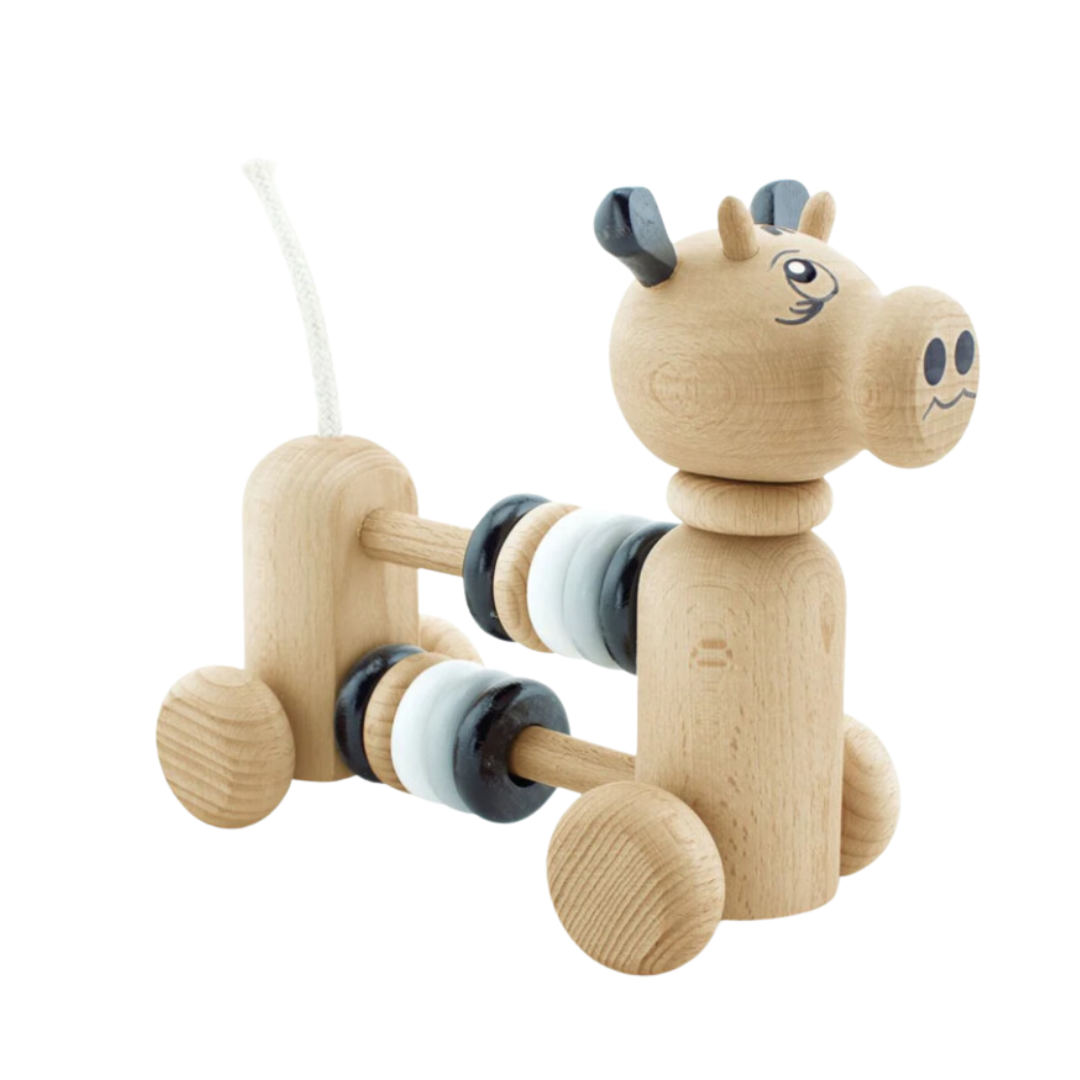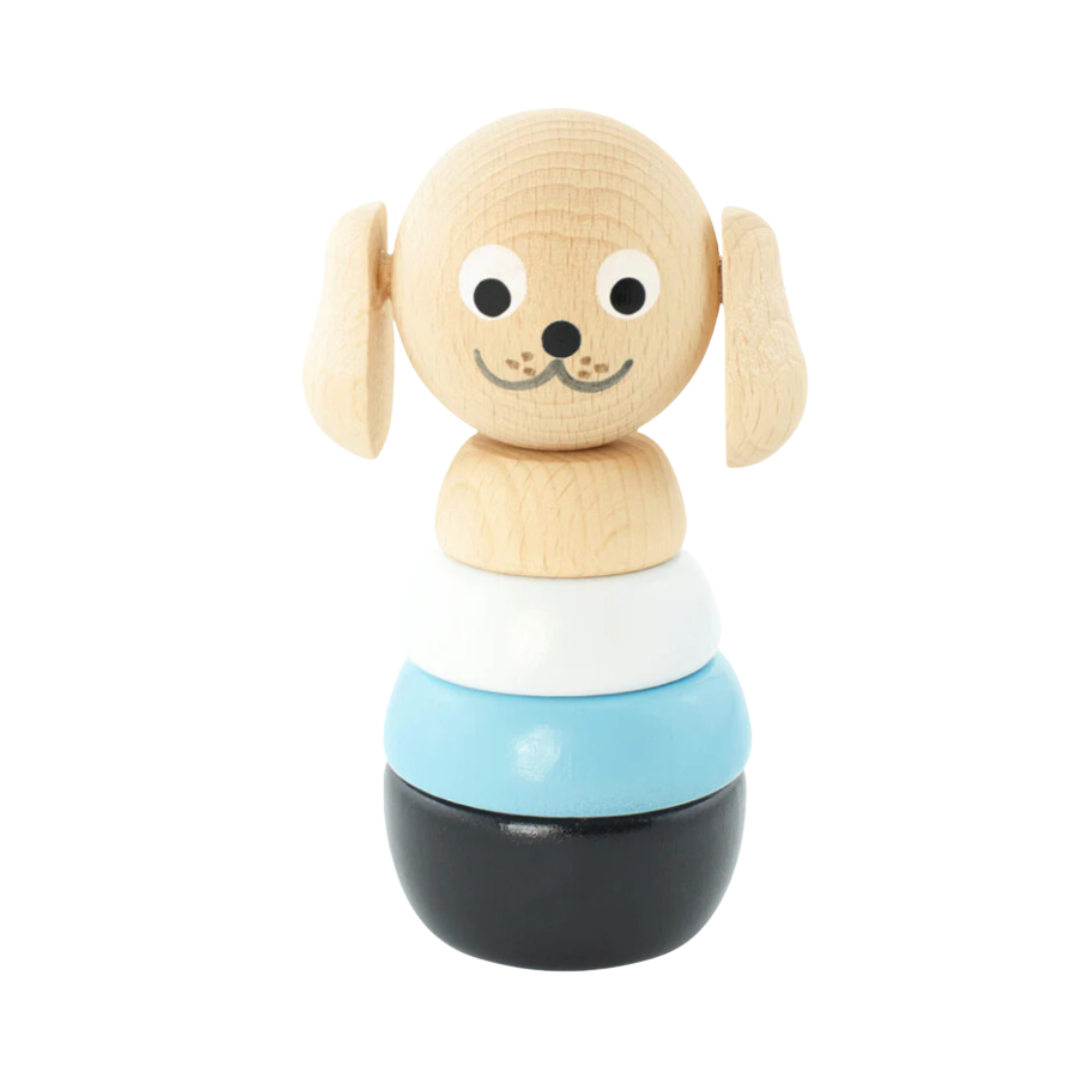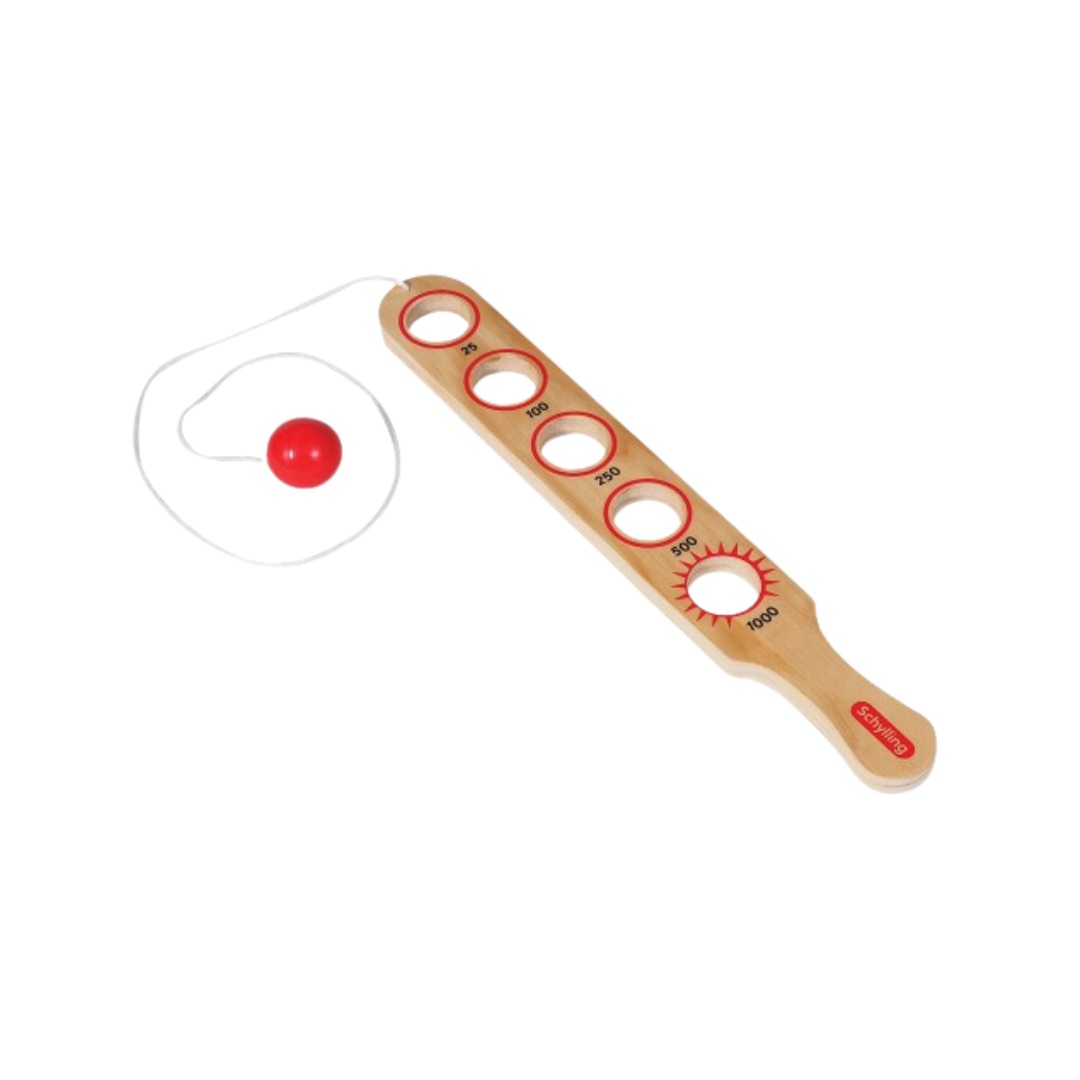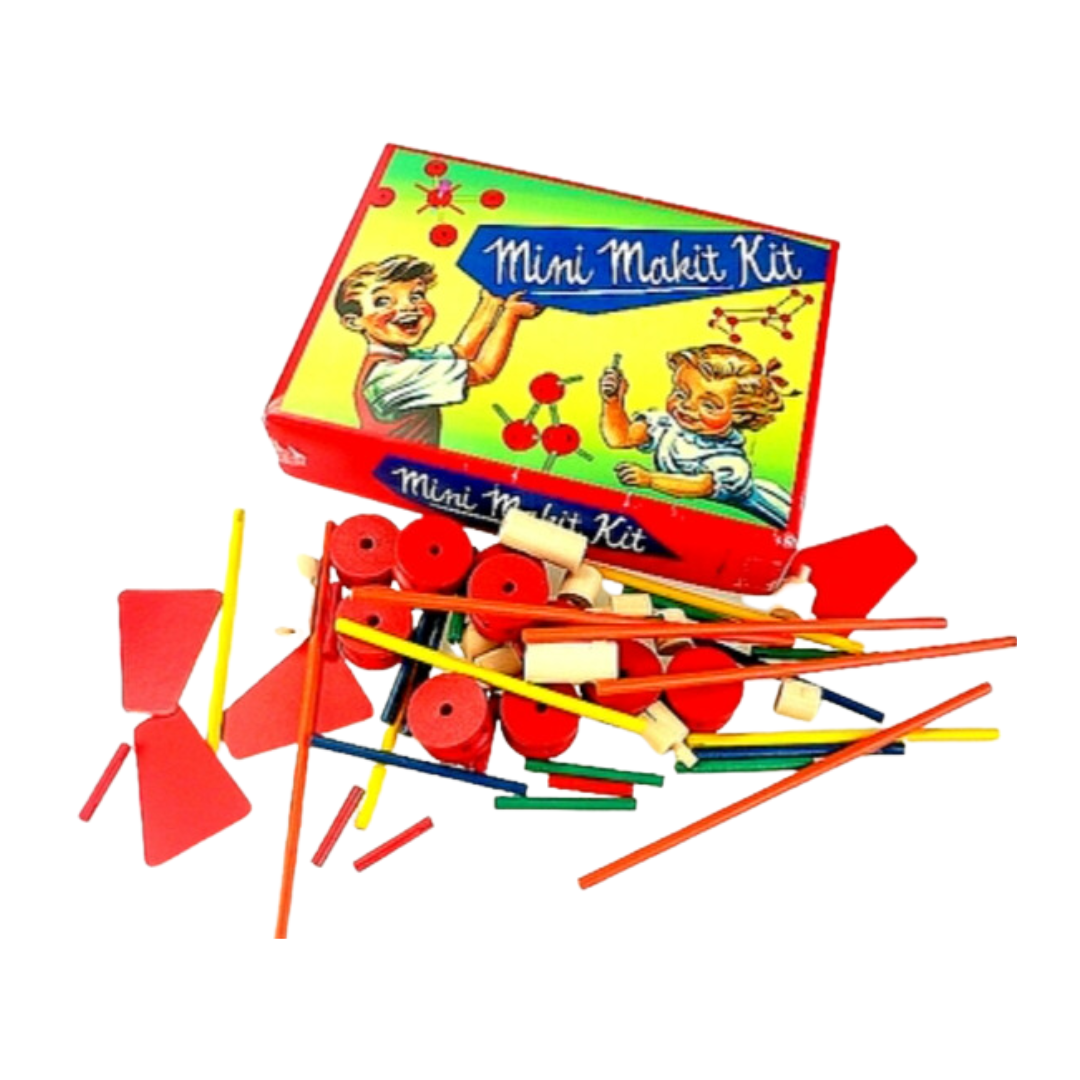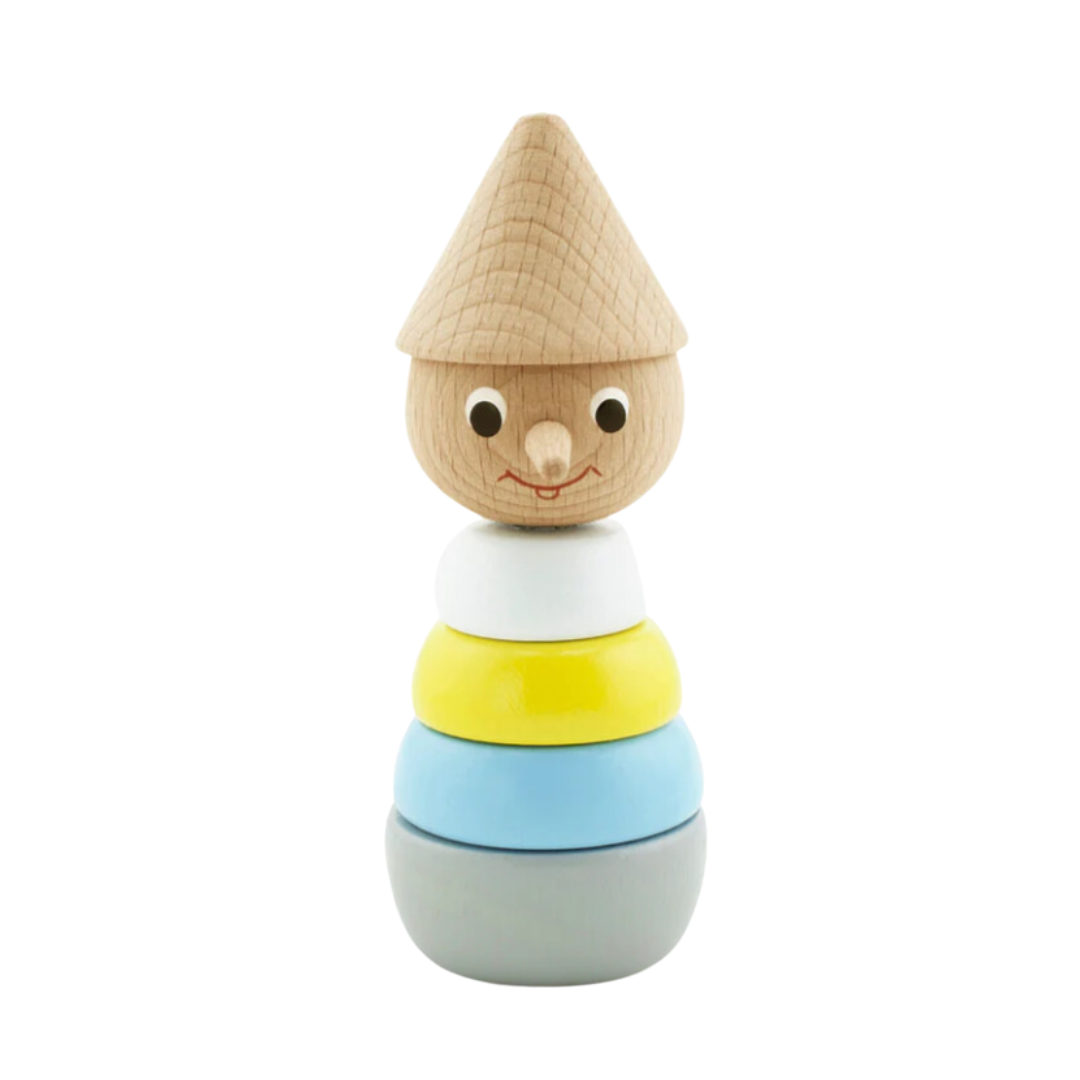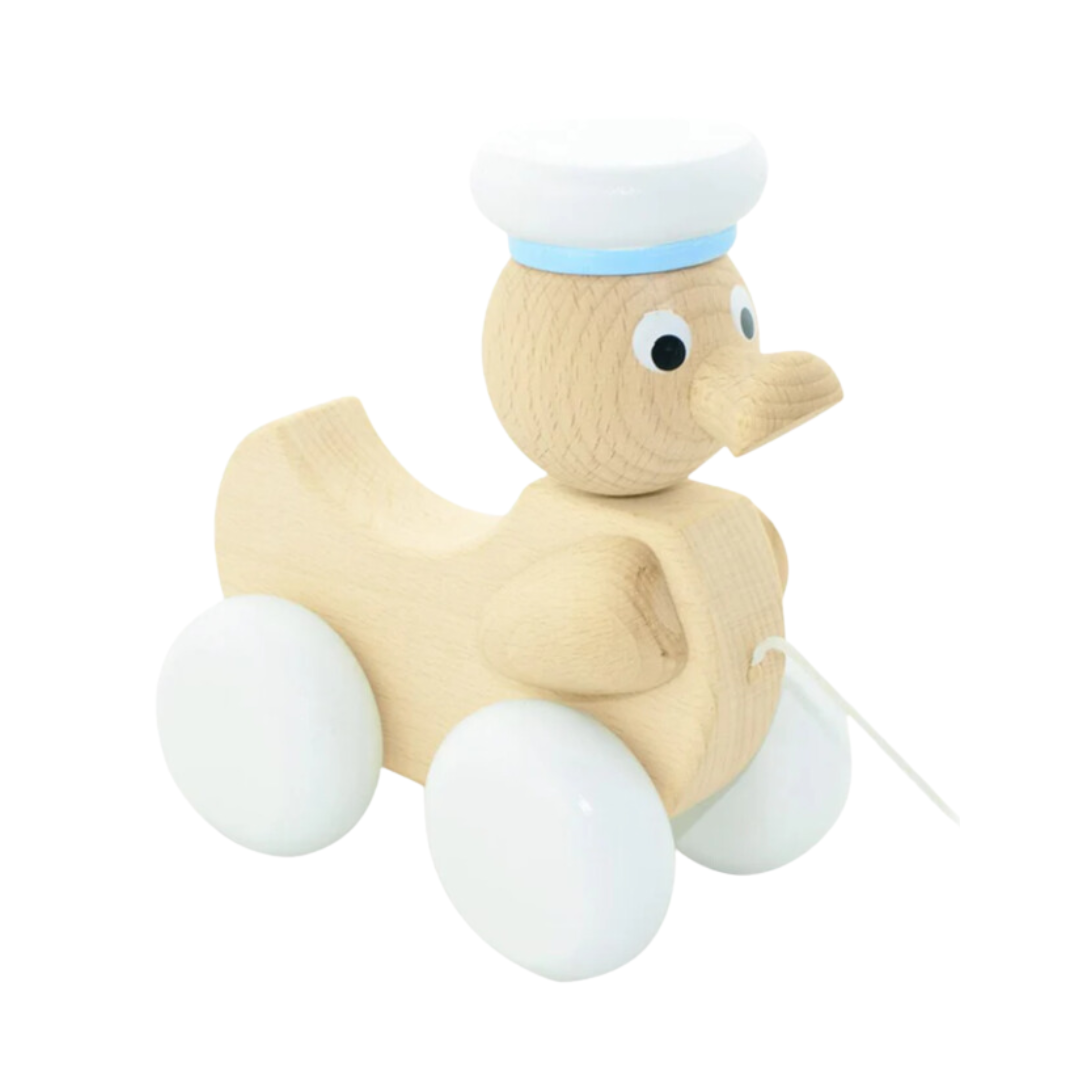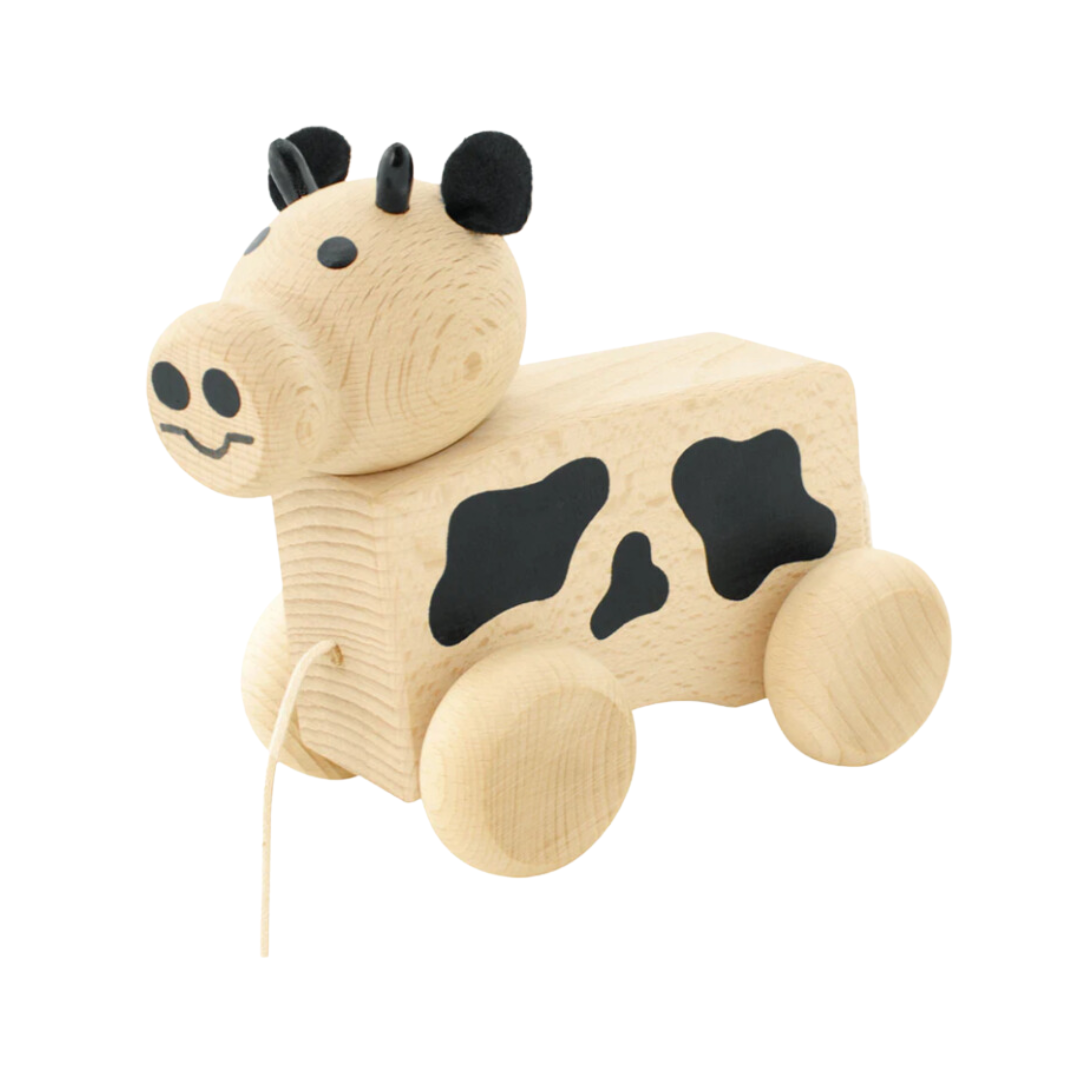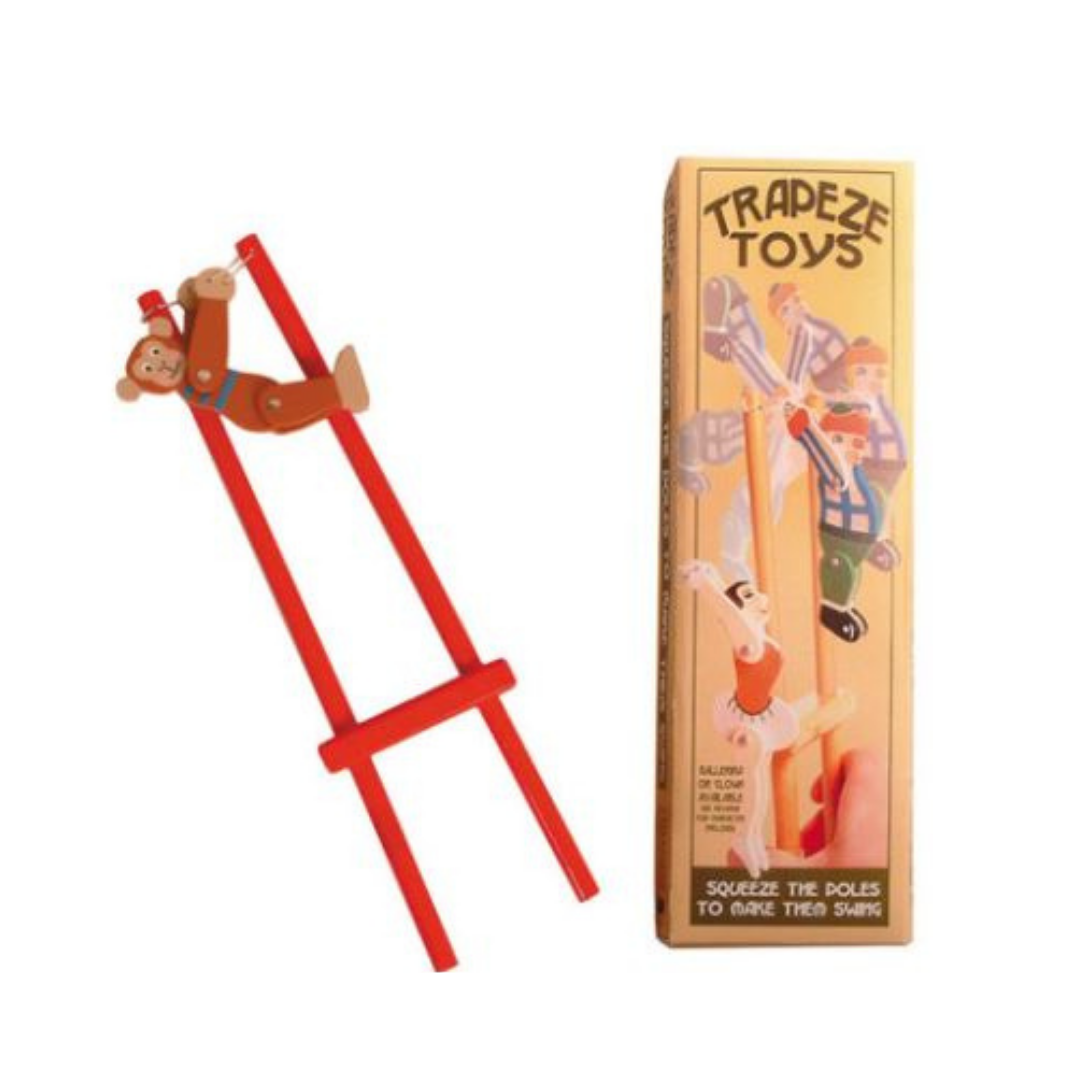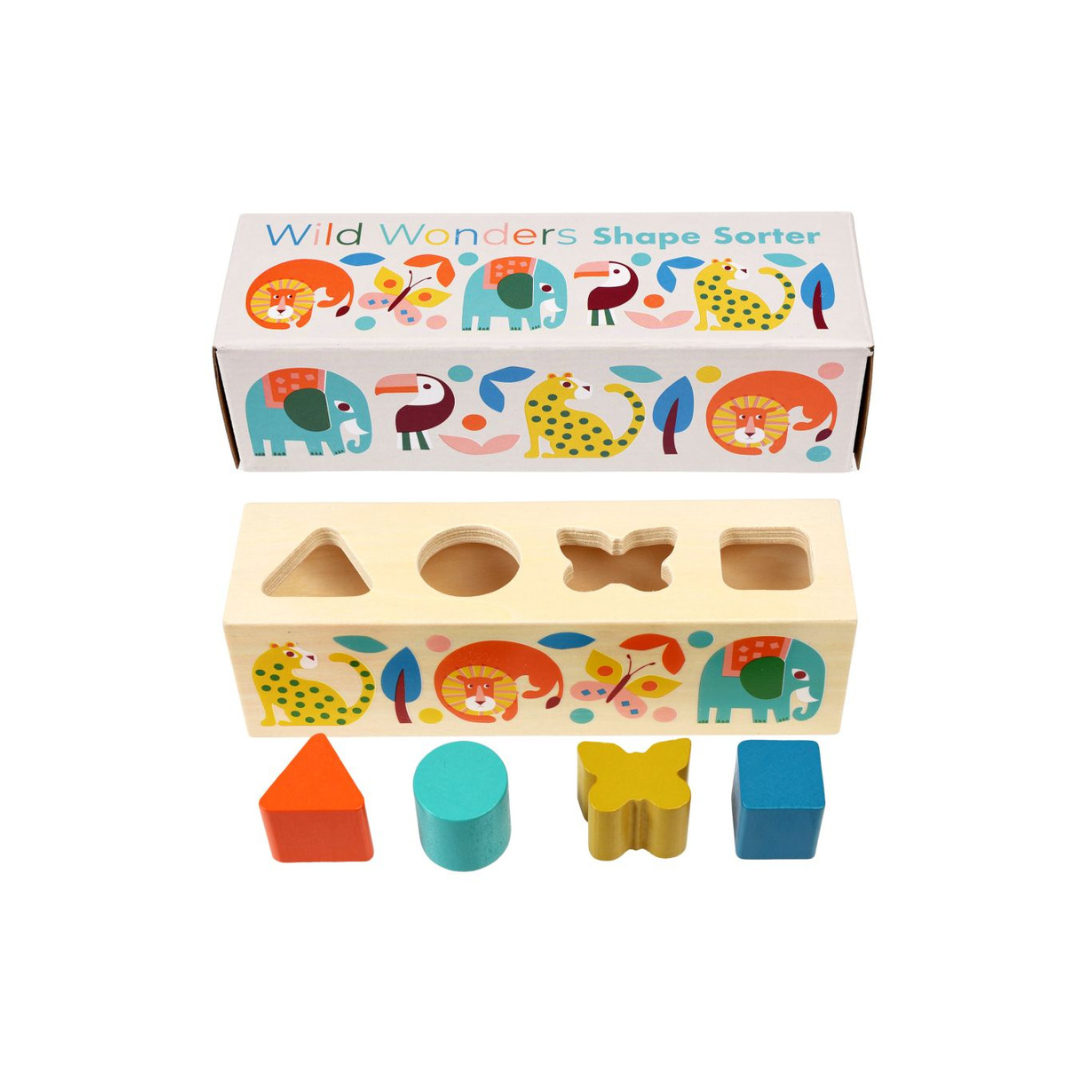Our Classic Toy Shop | Take a Peek Inside our Toy Box
Just as we close up the Moss Vale store to spend more time with our family, we wanted to capture the essence of one of the most rewarding adventures that we’ve been on.

We have been very lucky to have the awesome Emma working for us here at The Vintage Toy Box in our Moss Vale toy store - she has been a breath of fresh air, a trusted and much valued employee, a window dresser extraordinaire, and now a great friend. Just before we close up the Moss Vale store in a couple of weeks to spend more time with our family, we wanted to capture Emma’s experience of sharing one of the most rewarding adventures that we’ve been on. Thank you Emma for being such a fabulous member of our toy store family - we couldn’t have done it without you!! Over to you Emma …
“Goodbye #UpperArgyle” by Emma Stuart

When I first applied for the job at The Vintage Toy Box I never imagined that working here would be so much fun. I mean, I knew working in a toy shop would be fun, but the vibe and energy that comes from the shop is way better than an average run-of-the-mill generic toy shop. There’s something really special about The Vintage Toy Box. The shop has been such a great place to work, the atmosphere and being around toys made my day – everyday. Not many people get to work in a place that they love to work in, nor do they get to have as much fun as I did as they work.
What made it more fun was the people. Customers, people just popping in to say hello, the local kids running in for their lollies after school, the local businesses that support each other, and of course my boss, Saskia (edit: Emma had to say that!).
I am so lucky to have had this experience. Saskia is such an awesome boss lady (edit: and again!). She accepted my areas for development and pushed me to the full potential of my strengths. She has helped me build my confidence and encouraged my creative side, which has expanded so much since I started working at The Vintage Toy Box.
Saskia asked me to put together a little write up about my favourite experiences working in the shop. It was so very hard to choose just a few, but here goes ….

I loved working on the window displays because not only did it showcase some of the awesome toys waiting just inside the door, but I loved watching people walking by, stopping to have a look and walking off with a smile. I’ve often wondered what triggered those smiles, was it a memory from their childhood? Maybe they played that hopscotch game at school; ran around the backyard with Spud Guns with their siblings; they could have had a toy robot similar to the one staring back at them through the window or maybe they played that board game with their family on family game night. It didn’t matter the reason behind the smile, it was just nice to know that just a peek through the window was enough to make someone smile.
I really enjoyed doing research and learning about the history of toys. How they used to be made and played with in the past is so intriguing to me. It is fascinating seeing through the decades how the toys have changed and what became popular based on the world changing, during and after war time and the difference new technology impacted the sale of toys and changed the way they were made.

Another personal favourite thing of mine about the shop is the stories that people would tell while they were shopping. Whether it was a story about begging their parents for a wind-up tin plane and how happy they were to open one up on Christmas morning, how they’ve treasured it over the decades and how it still sits on their shelf, or how they used to save the bone out of a lamb hock after a Sunday night roast and after they collected them up over a few weeks they would have enough to play Jacks with them. Stories about how they used to make knitting dolls out of old sewing bobbins and nails, or sitting down with a sibling or parent to draw and cut out outfits for paper dolls. Eagerly waiting outside the back shed door for their father to put the finishing touches on their wagon so it was ready to race with the kids down the road. It is so interesting to hear of the way toys used to be made by families who couldn’t afford to go to the shop and by the latest toys. I also enjoyed hearing the friendly bickering between family members as they reminisce about playing and there was always one cheeky cheater … who still denies it!

One day I was sitting at the front counter doing some history of toys research and I had Fleetwood Mac up full volume through the speaker, singing along as I worked and a nice lady worked in. I awkwardly laughed with embarrassment as I rushed to turn down the volume, she just laughed and said ‘turn it back up, I love Fleetwood Mac!’ so up went the volume and she sang as she shopped; it was great!
So there you have it, a few of my favourite memories from working at The Vintage Toy Box and what is next for me? Well, I’ll still be around, in the background, still researching, writing, putting together social media posts and helping Saskia with community events and all the new exciting things that she has planned and of course – turning up Fleetwood Mac until the speaker beeps at full volume.
Until next time, Emma. x
If you want to show your appreciation for Emma, as much as we do, vote for us in the Australian Local Business Awards https://thebusinessawards.com.au/business/48911/The-Vintage-Toy-Box . Go on, it’ll make Emma’s day.
Our Toy Makers | Pukaca | Paper Toys and Craft Kits
This week we meet one of Our Makers, and introduce you to the fabulous paper toy makers Pukaca.
In a nutshell, tell us about your business
PUKACA is a company committed to the design and manufacture of unique paper toys and paper products that are made for children, designed by us thinking as children. We are based in Portugal and have a wonderful worldwide following, including The Vintage Toy Box in Australia.
Tell us a bit about you
We are two designers, Isabel Vaz & Nuno Dias and we founded PUKACA in 2005. We met at University and straight away we started working together after discovering that Isabel loves to draw small creatures and Nuno loves to make them come alive.
Some years later we decided to create our own brand - PUKACA - and we began to put our ideas into practice.
What inspired you to set up your business?
We’re always delighted by the traditional tales, the Brother’s Grimm Fairy Tales, the La Fontaine Fables, medieval stories, the natural world and all other worlds that belong in a child’s imagination.
What do you make?
The main products in our range are paper toys. We also make Alphabet & Numbers Posters and 3D Paper Postcards - all made with 100% recycled paper.
How do you make them?
We start the design of all of our paper toys by drawing out the ideas that we would like to see built.
After choosing the design we like the most, we start building it by hand – it’s an old school method that makes our paper toys so unique. We build countless prototypes - all by hand - until we reach the final toy.
Depending on the product, the illustration will be made by hand or in a computer and then applied to the final design already vectorized.
After that, the final product and packaging is printed, all in our own facilities, and we make the final assembly, always by hand.
Let’s just say that from the initial idea to the final product there are countless prototypes and hours of hard (fun!) work.
Describe your artistic style
Simple and straight lines, colorful and playful.
What do you love about your business?
In a world full of technology, our paper toys bring back the pleasure of constructing your own toys.
Our toys are meant to be built using the hands, increasing manual dexterity and spatial perception. We believe that constructing and playing with our toys allows families and generations to interact together, share experiences and create lasting memories.
It’s that need to see things take shape, to create, to learn and to play.
Our toys aim to enhance in the child, or in anyone who handles them, an active and creative intervention. We believe in the principle that difference enriches us. It’s important to have toys that raise creativity, provide new experiences, highlight the human individuality and allow interactivity with others.
Where would you like to see your products?
Over the last few years we’ve sent our products to the five continents on the planet. We like to say that we love to see our products wherever there’s children or people that want to play with them.
Favourite toy as a child and why?
Isabel loved her bicycle and to cycle around the neighborhood with her friends. She loved to go to a nearby farm and to climb trees.
Sara loved to construct her own toys with pieces from other ones.
Nuno loved building blocks that allowed him to create fantastic places to play, transforming rooms into play grounds.
To check out some of Pukaca’s fabulous range, and to learn more about them, drop into The Vintage Toy Box. We can guarantee their paper toys will make you smile!

Classic Toys | Kaleidoscope
Amaze the eyes with brilliant colours and patterns with the classic Schylling design. These beautifully illustrated tin kaleidoscopes continue to dazzle all who lay their eyes on them, and little hands always make a beeline for them in store.
Amaze the eyes with brilliant colours and patterns with the classic Schylling design. These beautifully illustrated tin kaleidoscopes continue to dazzle all who lay their eyes on them, and little hands always make a beeline for them in store.
The kaleidoscope is thought to have been invented in 1816 by Scottish inventor Sir David Brewster, with its name originating from the Greek words meaning ‘beautiful form watcher’.
Did you know that Sir David Brewster went on to advance lighthouse lens and stereoscope designs.
The visual stimulus provided by the kaleidoscope therapeutically promotes positive joyful emotions and promotes good mental health through colour therapy. We always new that traditional toys were good for you!
Classic Toys | Jacob's Ladder
Our Jacob’s Ladder is a traditional wood and lace click-clack toy and is a timeless classic, and a perfect edition to any toy collection. The Jacob’s Ladder is the original fidget spinner, perfect for busy hands.
Our Jacob’s Ladder is a traditional wood and lace click-clack toy and is a timeless classic, and a perfect edition to any toy collection. The Jacob’s Ladder is the original fidget spinner, perfect for busy hands.
The true origin of this classic toy, which produces visual and kinetic illusion is a mystery, however many believe that the toy finds its origins in China. We do know however that it received its earliest toy review in a 1889 American scientific article, describing the magic behind the mechanics.
In the 1700’s a Japanese polymath constructed one which was called Gennai’s Wondrous Click-clack; a name that is still around today. Another popular variation of this classic toy was an American 1940’s version, which had an indentation for a penny to disappear & re-appear.
Wherever it came from, the Jacob’s ladder is here to stay!
Classic Toys | Spinning Top
The simplest toys are always the best! We can’t help but love our traditional tin spinning tops from Schylling. These wonderful humming tin spinning tops are the perfect size for little hands. Each one features beautifully illustrated carousel graphics and entrances on each spin.
The simplest toys are always the best! We can’t help but love our traditional tin spinning tops from Schylling, and we’re not the only ones!
These wonderful humming tin spinning tops are the perfect size for little hands. Each one features beautifully illustrated carousel graphics and entrances on each spin.
Did you know that the earliest clay spinning top was discovered in 3500 BC - that’s almost six thousand years ago!
A wooden spinning top which was carved circa 1300 BC and was later discovered in King Tut’s tomb was another early example of this simple toy, although Indigenous peoples from around the world have been making spinning tops from fruits, nuts and seeds for thousands of years before this one was created.
Did you know that spinning tops stay upright from an angular momentum; a law that Newton expressed as ‘objects in motion, stay in motion’.
Our Favourite Classic Children's Toys
We love all of our toys; they’re all magical and all bring us so much joy. We’re often asked though to pick our top three faves. After much thought, we realized that our ‘go to’ items are also three of our biggest sellers. These are a few of our favourite things …
We love all of our toys; they’re all magical and all bring us so much joy. We’re often asked though to pick our top three faves. After much thought, we realized that our ‘go to’ items are also three of our biggest and best sellers. These are a few of our favourite things …
The Spinning Top
The simplest toys are always the best! We can’t help but love our traditional tin spinning tops from Schylling. These wonderful humming tin spinning tops are the perfect size for little hands. Each one features beautifully illustrated carousel graphics and entrances on each spin.
Did you know that the earliest clay spinning top was discovered in 3500 BC - that’s almost six thousand years ago!
A wooden spinning top which was carved circa 1300 BC and was later discovered in King Tut’s tomb was another early example of this simple toy, although Indigenous peoples from around the world have been making spinning tops from fruits, nuts and seeds for thousands of years before this one was created.
Did you know that spinning tops stay upright from an angular momentum; a law that Newton expressed as ‘objects in motion, stay in motion’.
The Jacob’s Ladder
Our Jacob’s Ladder is a traditional wood and lace click-clack toy and is a timeless classic, and a perfect edition to any toy collection. The Jacob’s Ladder is the original fidget spinner, perfect for busy hands.
The true origin of this classic toy, which produces visual and kinetic illusion is a mystery, however many believe that the toy finds its origins in China. We do know however that it received its earliest toy review in a 1889 American scientific article, describing the magic behind the mechanics.
In the 1700’s a Japanese polymath constructed one which was called Gennai’s Wondrous Click-clack; a name that is still around today. Another popular variation of this classic toy was an American 1940’s version, which had an indentation for a penny to disappear & re-appear.
Wherever it came from, the Jacob’s ladder is here to stay!
The Kaleidoscope
Amaze the eyes with brilliant colours and patterns with the classic Schylling design. These beautifully illustrated tin kaleidoscopes continue to dazzle all who lay their eyes on them, and little hands always make a beeline for them in store.
The kaleidoscope is thought to have been invented in 1816 by Scottish inventor Sir David Brewster, with its name originating from the Greek words meaning ‘beautiful form watcher’.
Did you know that Sir David Brewster went on to advance lighthouse lens and stereoscope designs.
The visual stimulus provided by the kaleidoscope therapeutically promotes positive joyful emotions and promotes good mental health through colour therapy. We always new that traditional toys were good for you!
The Ever-Lasting Appeal of Retro Toys
We are living in a world where electronics and technology are present everywhere around us. Our kids are used to playing electronic games, watching TV and using the Internet, iPads and iPhones. Despite this however, kids and parents alike still love retro toys.
We are living in a world where electronics and technology are present everywhere around us. Our kids are used to playing electronic games, watching TV and using the Internet, iPads and iPhones. Despite this however, kids and parents alike still love retro toys.
Parents love these toys because they invigorate some of their best childhood memories, and take them on a warm, fuzzy trip down memory lane. Children love them because of their simplistic design and delightful appeal. If you are still not sure what makes retro toys attractive, keep reading because we will list a few good reasons why your kids should have at least one retro toy in their toy box.
Retro toys come with an ageless charm that has captivated children for generations. They hold a timeless appeal that guarantees that the toys will be loved not only by your kids but also by your grandchildren too and in some cases, their grandkids after that.
Retro toys are more durable compared to most modern toys. They are usually made from high-quality wood or tin, unlike modern toys that are made of cheap plastic that ends up being thrown away after a few uses. When kids are using these hardy toys, you can be rest assured that they will last for a long time no matter how heavy their use is. In fact, they are designed with durability in mind. Many modern toy makers, such as Artiwood, Djeco and Londji now also make their toys, games and puzzles with this durability in mind, producing beautiful toys, built to last, and designed to be handed down to the next generation.
In the past, toy manufacturers have paid special attention to the packaging, knowing that the outer appearance of toys is incredibly important to buyers and to children. Packaging lures children and buyers in, and catches the eye. Nothing beats a colourful, retro present in a bright, big box. Imagine watching a child’s face light up when they receive a gift with such beautiful packaging. The colorful packaging will bring a huge smile to little faces everywhere.
As mentioned previously, today’s children often spend countless hours playing video games or watching TV. Retro toys support the mastering of certain old-fashioned skills that cannot be learned by watching a screen. For example, there are toys that can help kids to learn to build, learn to sew, learn to cook. Etch-a-sketch toys are good for developing drawing skills. There are gardening toys, toys for creating shelters, toys for using the imagination, putting on a show, and most importantly, toys for developing people skills.
The creative play that retro toys encourage stimulates the imagination, way beyond screen time. By playing with retro toys children can unleash their creativity, something that modern toys don’t allow for in the same way. Creative skills are incredibly important. Buying a few retro toys to add to their toy collection is one of the simplest and most convenient ways to do encourage creativity and imaginative play.
Traditional and Classic Wooden Toys
Even though we live in a digital age full of electronic toys, there is still a big place for traditional toys in our kid’s lives. It is after all the simplest of toys that help develop children's mental and physical abilities.
Our world is ever changing, but one thing that hasn't changed over the centuries is the fact that children love to play.
Even though we live in a digital age full of electronic toys, there is still a big place for traditional toys in our kid’s lives. It is after all the simplest of toys that help develop children's mental and physical abilities.
This is especially true when it comes to traditional wooden toys. These toys may appear inferior when compared to the big, bright electronic toys, but the undeniable fact is, they bring so many educational benefits to children. For instance, traditional wooden toys can unleash the creativity and imagination of children - they have to work harder for a "reward", they need to utilise their own imagination instead of receiving instant gratification in the form of a flashing light, a movement or a sound. This helps their story telling abilities, their motor neurone skills and their social skills.
Wooden toys are highly durable and can be passed down from generation to generation, evoking precious memories. They often become family heirlooms, whereas electronic toys eventually find themselves in landfill.
Wooden toys are generally much safer compared to plastic toys, not just for the child, but also for the environment, as their manufacture does not release harmful toxins and pollutants into the atmosphere. Traditional wooden toys are great for the environment because they are all-natural and recyclable.
You can choose from a wide range of traditional wooden toys. Some of the most popular toys over the decades are highlighted below.
One of the most long standing and simplest wooden toys is a yo-yo. Yo-yos were first used in ancient Greece more than 2500 years ago. They became a real hit in the 1920s in America and are still one of the most used traditional toys. Even though they can be made from different materials, a wooden yo-yo is the best choice you can make. These toys are challenging, fun and relatively cheap - children can buy them with their own pocket money. Users can use yo-yos in a basic manner, but they can also learn a wide range of tricks. Yo- yos are a really popular toy in the playground, with generations of children holding trick competitions with each other.
Another long standing wooden toy is a pop pop gun. This toy gun was first created by Edward Lewis in the late 19th century. The simple wooden gun uses air pressure to pop a projectile that usually comes in the form of foam or cork. This gun is totally harmless, but very entertaining for children. Of course, over the years, people have created many different models, but the wooden one remains the most popular.
Both girls and boys still love playing with wooden boats. Some of these traditional wooden boats have moving parts and are built to represent real boats. They are designed in a way which allows for their use in water. Wooden boats for us conjure up beautiful images of lakeside picnics and parasols from a bygone era.
Of course, wooden boat toys are not the only type of vehicle made from wood and still used as popular toys - we have wooden trucks, wooden trains, wooden cars, wooden planes - the list goes on.
If you are looking for a great educational toy then you can’t go wrong with an abacus. An abacus is a traditional wooden toy used for basic math problems and counting. This toy and educational tool has been used since ancient times (circa 2500 B.C.) and this is how most children in the past learned how to count and do simple arithmetic.
Young children certainly love wooden pull-along toys. They have been used for decades. Most of these toys originally came in the form of a duck which produced funny noises when pulled. Today, you can find wooden pull-along toys in different forms – lions, crocodiles, cows, dogs and even dinosaurs! We're only limited by our own imaginations.
These are only some of the most popular traditional wooden toys you can still find in toy boxes and toy shops today. As you can see they are still just as popular, useful and loved by children. Wooden toys are timeless toys.
Classic Retro Toys
The first thought that often comes to mind on hearing the phrase retro toys is that they no longer exist anymore – that they are toys of yesteryear. This however is far from true.
Classic retro toys are still loved by kids of today!
The first thought that often comes to mind on hearing the phrase retro toys is that they no longer exist anymore – that they are toys of yesteryear. This however is far from true. They have become a lifeline for many kids in today’s generation, and likely will be for every generation to come. The distinctive reasons as to why these toys are still so popular are that these toys provide excellent quality entertainment, are built to last, involve simple concepts, encourage the imagination, and since they are low technology, they are very easy to use.
Retro toys are a creative outlet for many kids in today’s modern, busy world.
The toys of modern day are built to be disposed, in our throwaway plastic society – the noisier, the faster, the brighter, the better. But this comes with a great cost, to society, to the land, to the air that we breathe, to future generations. Toys are no longer durable and designed to be passed down from generation to generation. Classic, traditional toys stand the test of time, and are a wonderful way to conjure up old memories. They are one of the most fun ways of remembering past days of your own childhood.
Here are a few classic retro toys which have stood the test of time.
Marbles
This is a classic game which is still going strong today. It can be best played when a group of friends get together to have marble competitions. It is one of the best ways to build your child’s hand-eye co-ordination and turn-taking skills. The game never gets old. Basically, it consists of a collection of round coloured glass beads. So simple!
Yo-yo
These are one of the most classic retro toys which are loved by kids of all ages. They are easy to play with and are great fun. The toy contains an axle which connects two disks and a long length of string which is looped around the axle. You have to throw the yo-yo, spin and unwind the string and again look it back in its previous form. Hours of fun, and so many tricks that can be performed.
Frisbee
It is one of the best toys for kids to get engaged in some sort of physical activity. This game can be played for hours in the back yard, on the beach or on a camping trip with friends & family. This toy has never gone out of favour over the decades.
Matchbox & Dinky cars
These retro collections of cars and trucks are one of the biggest hits among kids. Children have been drawn to these collections for decades. If you present your child with anything from these collections, they are sure to love it, and you will see them spending most of theirs time with those set of wheels.
If you want to surprise your kids with a gift, retro toys are the best way to go about it.
Vintage Toys in Australia
Vintage toys in Australia are fast becoming a sought after commodity, but where do they come from?
After moving over from the UK over 8 years ago, we've noticed that there is a wide shortage of vintage toys in Australia, compared to the UK. This really isn't surprising, considering the brief history of Australia, compared to Europe, where there's a huge abundance of toys from yesteryear flooding the market.
This makes it all the more exciting for us though when we go foraging and come across an old toy from decades ago, often still in great condition. We take great pleasure in then finding out from the owner a bit of history about the toy, particularly details about all the children who used to play with the toy, and who've had so many hours of pleasure holding it in their little hands.
Often though, more times than not, we find that whoever has the vintage toy in their hands often has no idea about where the toy has come from, perhaps picking it up from a market themselves, an antique fair, or perhaps a house clearance. In these instances we need to do a bit of research, in tracking down the history of the toy. Things to look for are details of the manufacturer, the year it was produced, which stores it was sold in, the location of the stores, and the original selling price of the toy. This will generally give you an indication of the demographics of the family that was the likely original holders of the toy. From there you can piece together your own little story about toy ownership, the child, and their family. We love doing this, as it takes us down memory lane, without ever needing to have our own memories to fall back on. It's like stepping back in time, but without the step - what could be more fun?!



